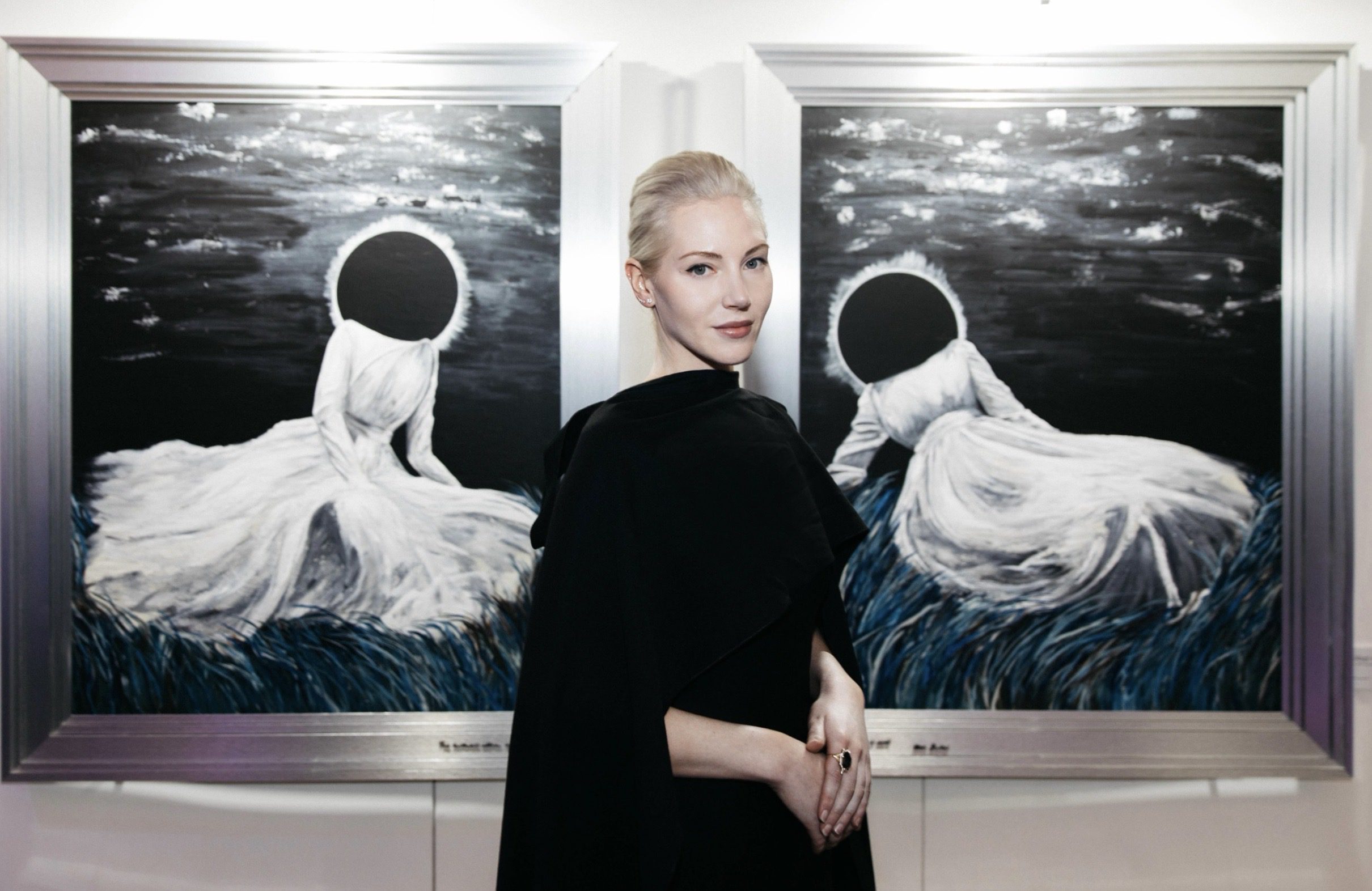
Poet and artist Arch Hades with her diptych Willingly Mine, which pictures two figures in bridal robes
The world’s highest-paid poet, Arch Hades, endured a torrid youth. She is now an artist as well as a poet, with acclaimed exhibitions in London and Venice, her works full of classical and philosophical references. LUX Editor-in-Chief Darius Sanai meets her and discovers someone deeply thoughtful, and somehow serene
There’s something quite Unknown Pleasures about Arch Hades. That album, whose sleeve design and desolately haunting soundtrack are both cultural legends, was by the band Joy Division, who were, in their own words, “a good laugh” in the real world, despite the impression given by their works.
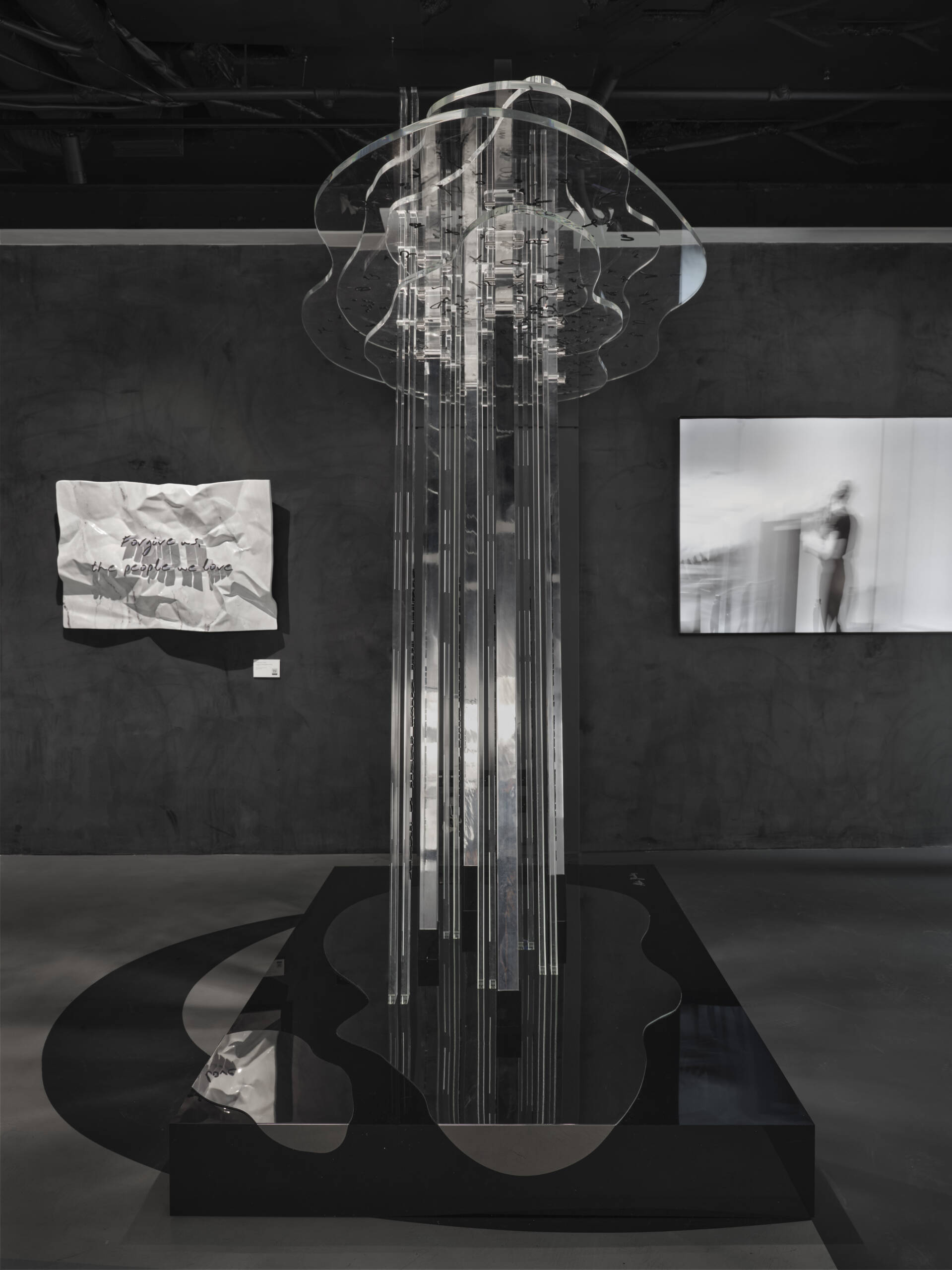
An installation view from Arch Hades’ 2025 solo exhibition We Are All Just Passing Through in Berkeley Square. Photograph by Eva Herzog
Similarly, the artworks created by Arch Hades are soulful but, in the main, bleak. In Odyssey, faceless statues seemingly in white robes line an avenue of monochrome trees disappearing into the grey distance. In each image of the diptych Willingly Mine, a figure in a bridal robe, face cut out, sits on what appear to be midnight-blue reeds, backed by a dark sky. Funeral depicts, well, just that, with a hint of the anointment of the crucified Christ. Her latest show, in London, is called “We Are All Just Passing Through”.
Follow LUX on Instagram: @luxthemagazine
So, we would be forgiven for expecting a sullen, goth-type figure to meet us in London for this interview, perhaps even more so given Arch Hades first made a name for her romantic poetry. Yet in person, Arch is beautifully presented, funny, philosophical, quick witted and engaging, jumping into philosophical, Classical, or art historical references seemingly without being able to help it.
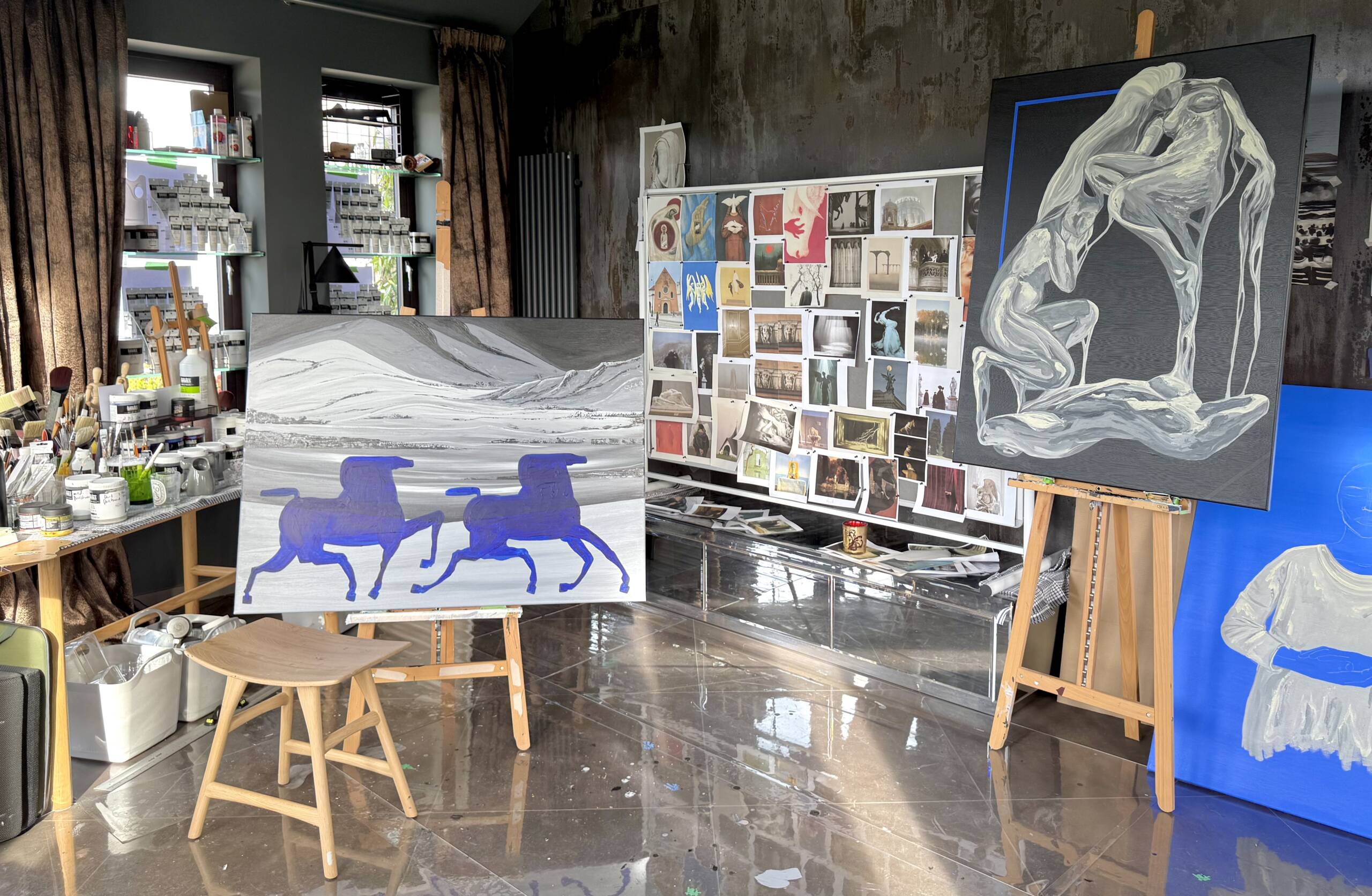
A look into Arch Hades’ studio at her country home, where she works predominantly with acrylic paint
Born in Russia, Hades moved to the UK for boarding school after her father was killed in a politically motivated murder in her homeland. Her real name and address, in a country house outside London, is a secret, as she is still a security risk. She shot to world fame as she became, technically, the “highest-paid poet in the world”, when a work of hers sold as a piece of digital fine art for $525,000 at Christie’s, New York in 2021.
For the past few years, she has focused on art, specifically acrylic on canvas, which she creates in her studio at her country home: she has just completed a 13m-wide canvas for a show to be held in Venice during the Biennale in 2026. Where did she get the idea from? “It came from St Bede’s parable of the sparrow in meaning, and visually I am inspired by Klimt’s Faculty Paintings,” she says. Why does she use acrylic, rather than oil? “I like to work quickly, so acrylic suits me well as it dries fast, and you can layer it on very thick if you want to, like frosting on a cake, getting a large range of textures.”
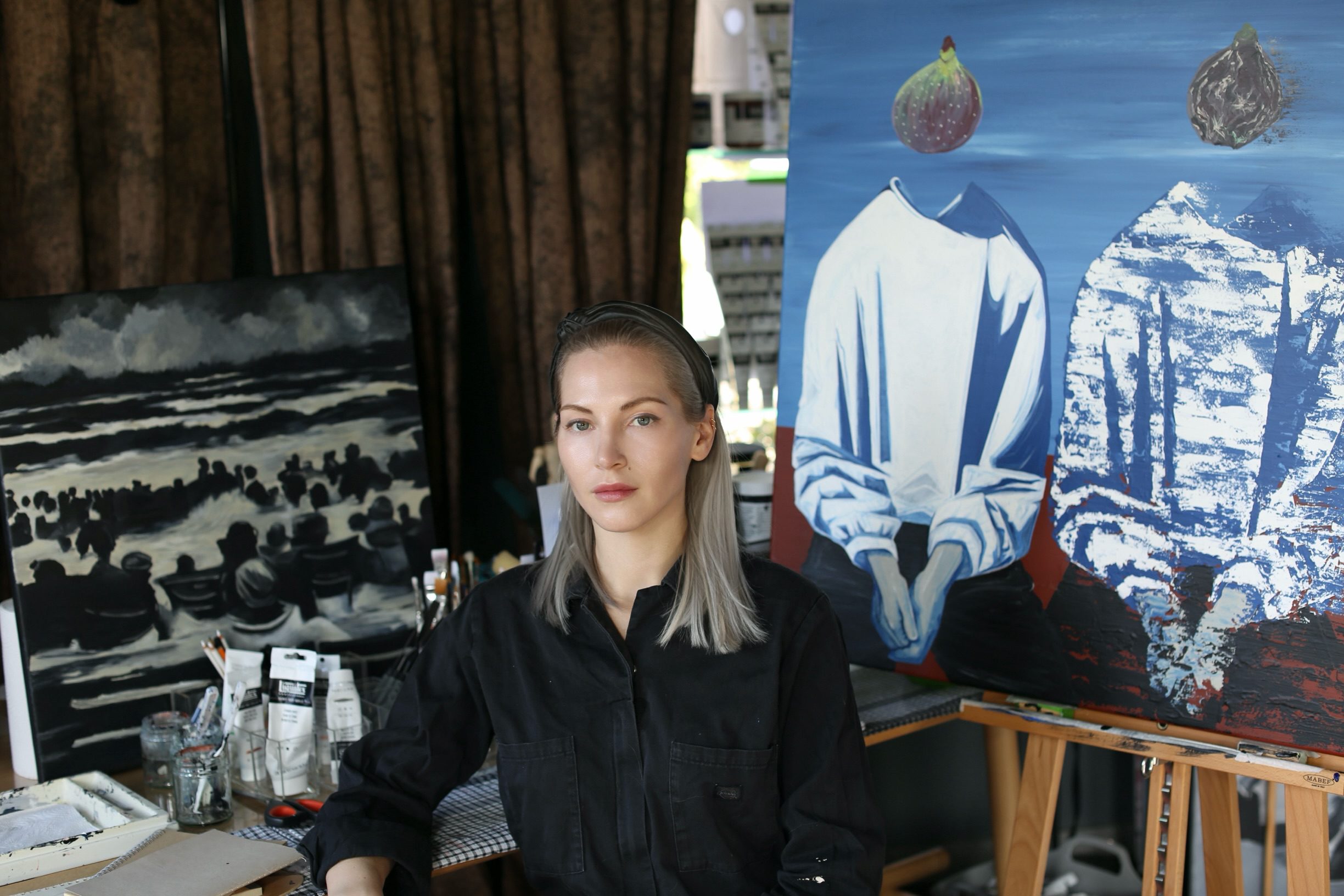
Arch Hades in her studio, sitting beside her painting Fig
For a poet and artist, particularly one who creates such unearthly and spectral works, Hades is quite matter of fact. Asked how her process of ideating and creating differs from painting to poem, she answers, “How I do anything is how I do everything – whether it’s writing a poem, painting a picture or cooking – the process is the same.
Read more: Spirit Now London acquires works for National Portrait Gallery at Frieze
“First, I must formulate a clear vision of the end result in my mind and work back from it. In poetry, I write the last line first; in painting and sculpture, I visualise the final composition and textures before planning the steps there. Unfortunately, this doesn’t make me very spontaneous, but I also don’t mind. When I was young someone gave me the six-word formula for success: think things through, then follow through. It’s not failed me yet.”
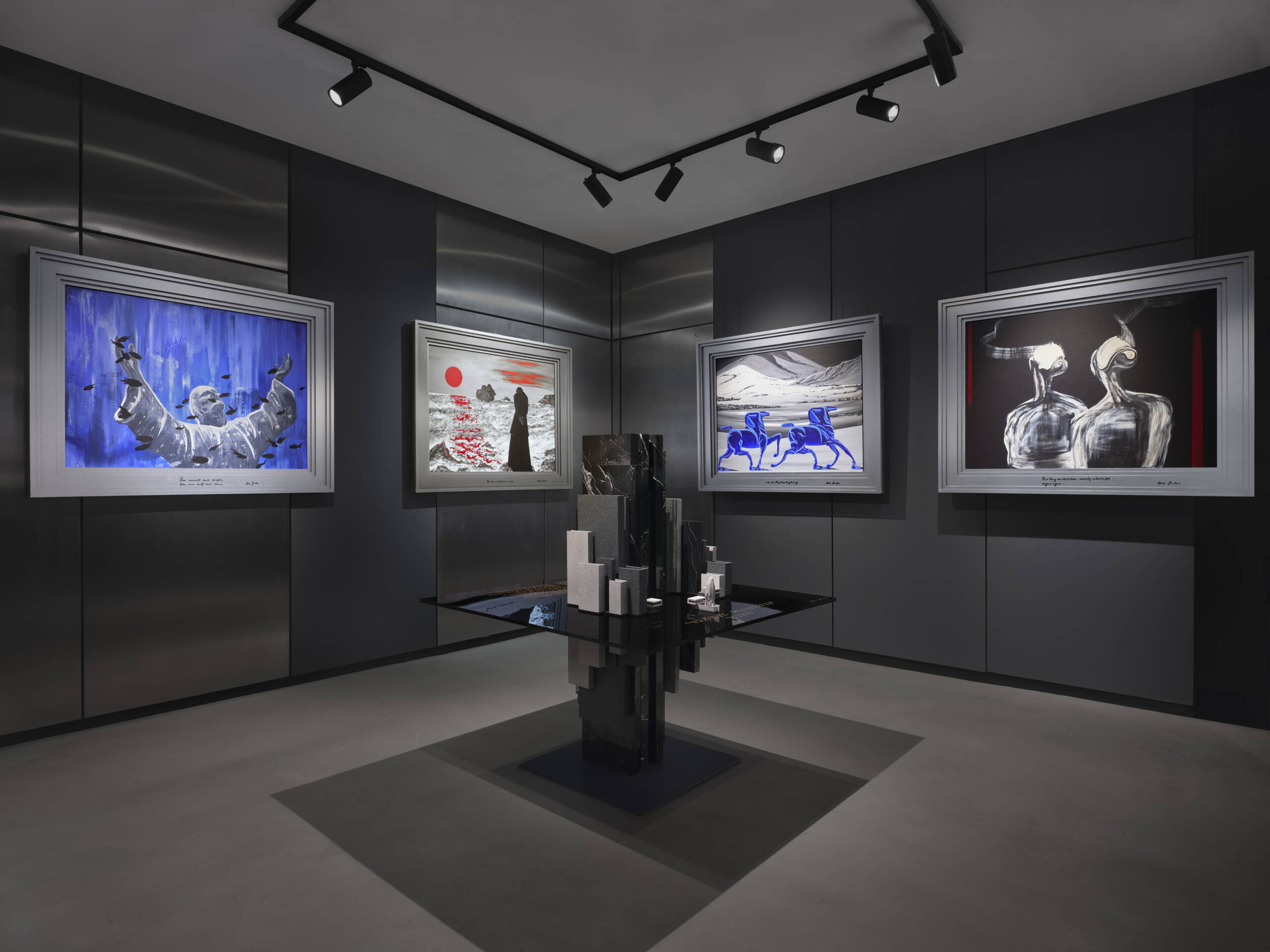
Another installation view of Arch Hades’ solo exhibition We Are All Just Passing Through, showcasing her acrylic paintings and sculpture. Photograph by Eva Herzog
If that sounds like a homily from a business-school professor, there is that side to Hades, but it’s perhaps a carapace, a use of her natural wit and intelligence against people who doubt a poet can become an artist, or that a well-presented woman can be a poet. Her English has a wider vocabulary than that of most natives, and you have to listen really hard for a hint of an accent – pretty impressive for someone who came to the UK at the age of eight.
Read more: The first ever Jodhpur Arts Week just opened
It’s plain, from her works, from the sadness you sometimes glimpse in her eyes, that her father’s violent death affected her deeply. Asked, in the abstract, if she forgives, Hades replies, “I forgive if the person(s) who did the bad thing makes a sincere apology, corrects the wrong and doesn’t repeat it.
If we shelter people from the consequences of their actions, we are teaching irresponsibility. So, I’ll forgive, but I’ll never forget. I already wrote it all down.”
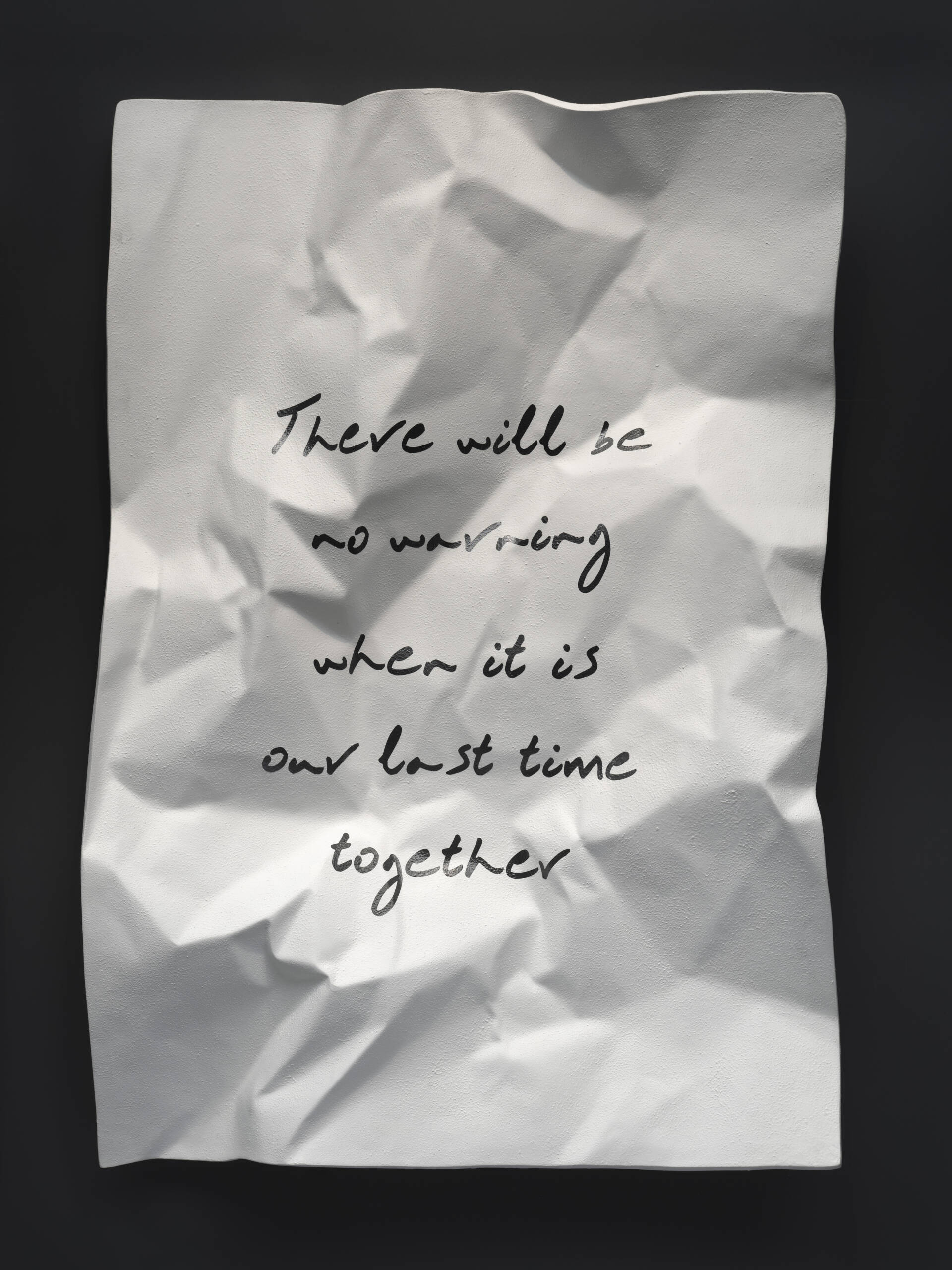
A piece for her series Confessions (2025), which reads “There will be no warning when it is our last time together”. Photography by Eva Herzog
If her father had not been murdered, would she have become a poet and artist? “Interesting question. Goodness knows. Literature and art have definitely been cathartic,” she says. Indeed her Confessions series was drawn from the journals she made as a teenager, when she had a dreadful time socially at a famous and academic girls’ boarding school.
Looking at Hades’ latest paintings – striking, complex and compelling though they are – you feel she is just at the start of a long and rich journey as a visual artist: her narratives will transform and develop, just as they did in the lives of her poetic inspirations Byron, Rilke and Mary Oliver, all of whom had more than a passing familiarity with loneliness and sadness.
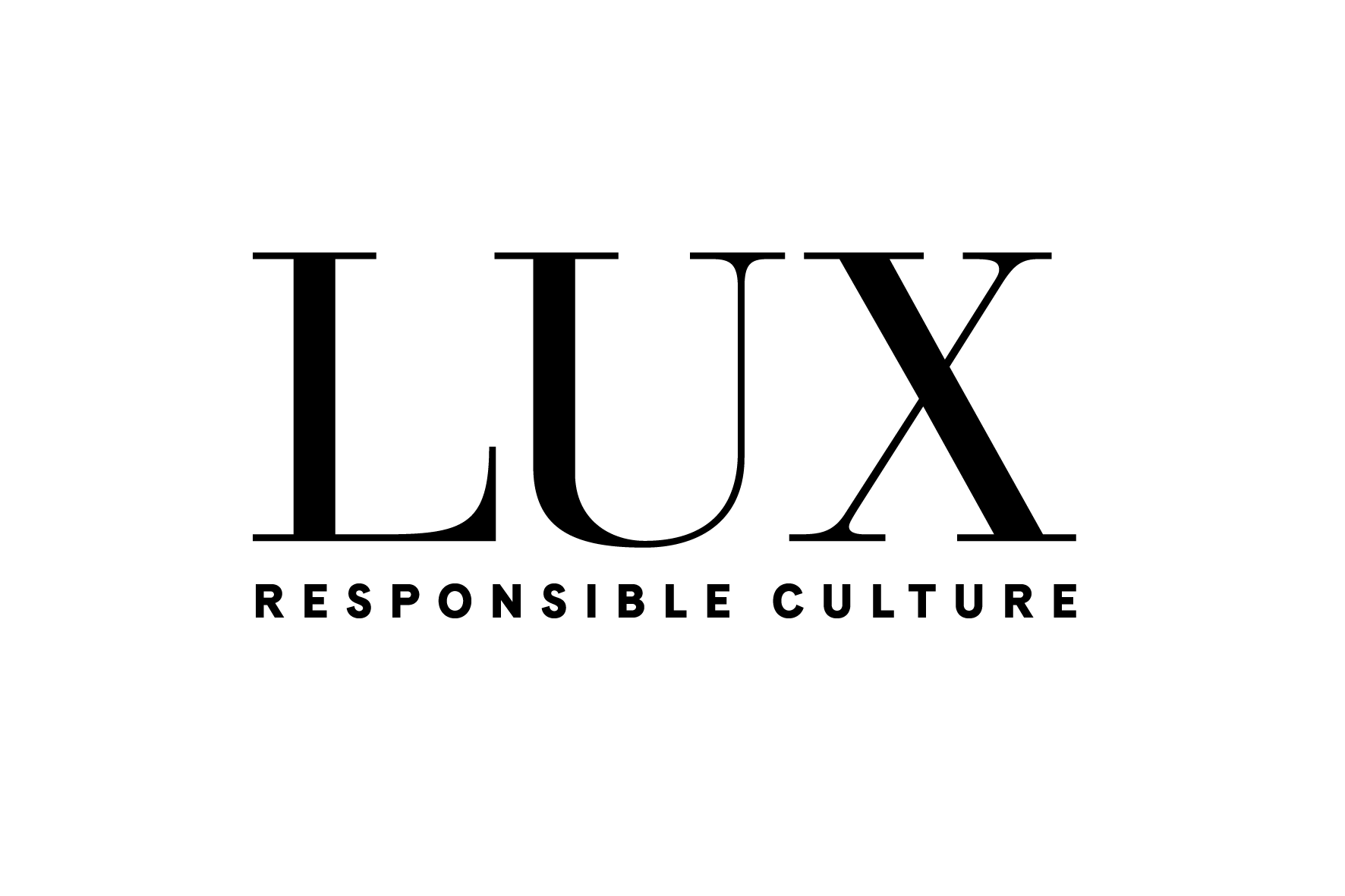

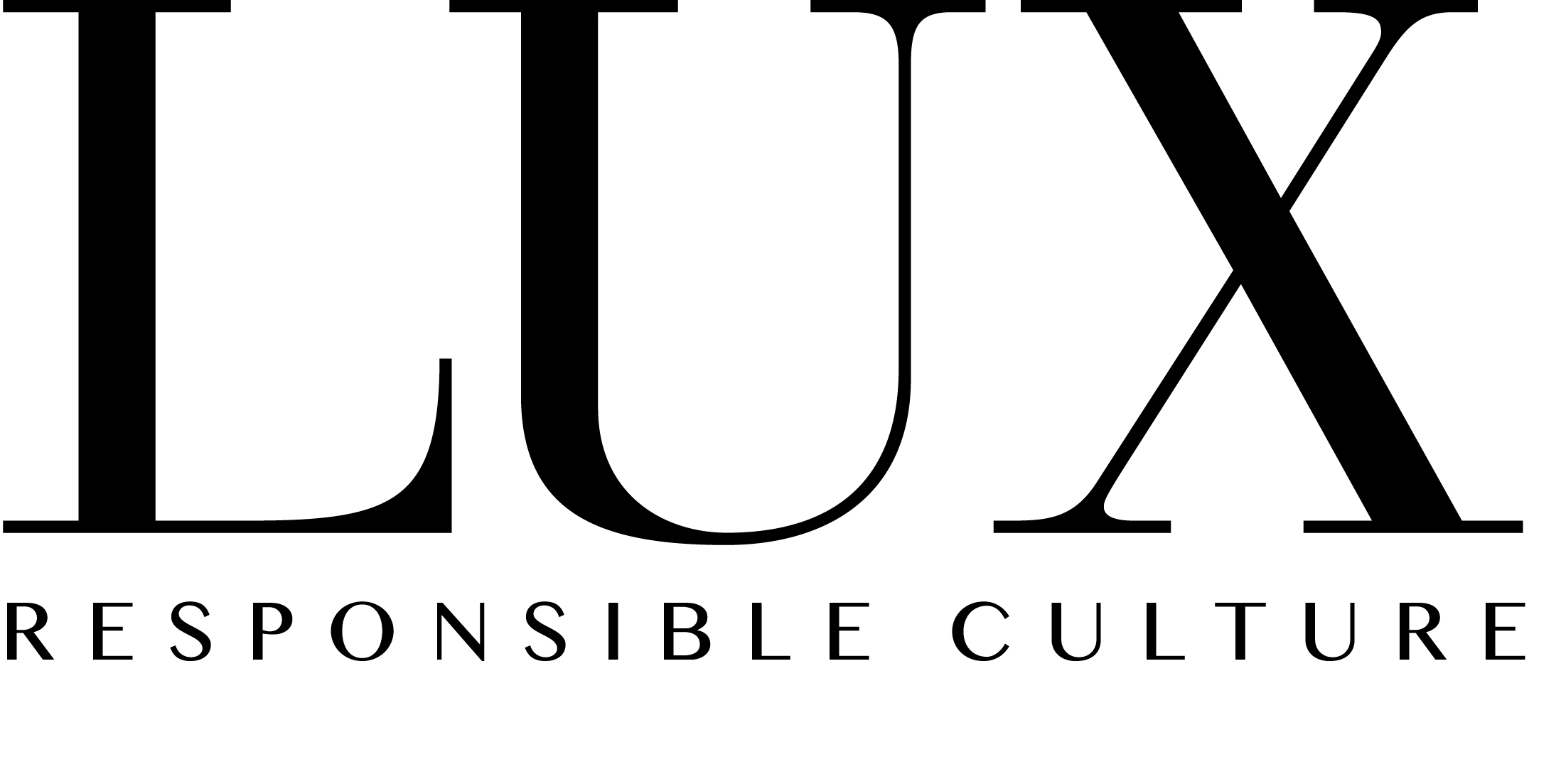
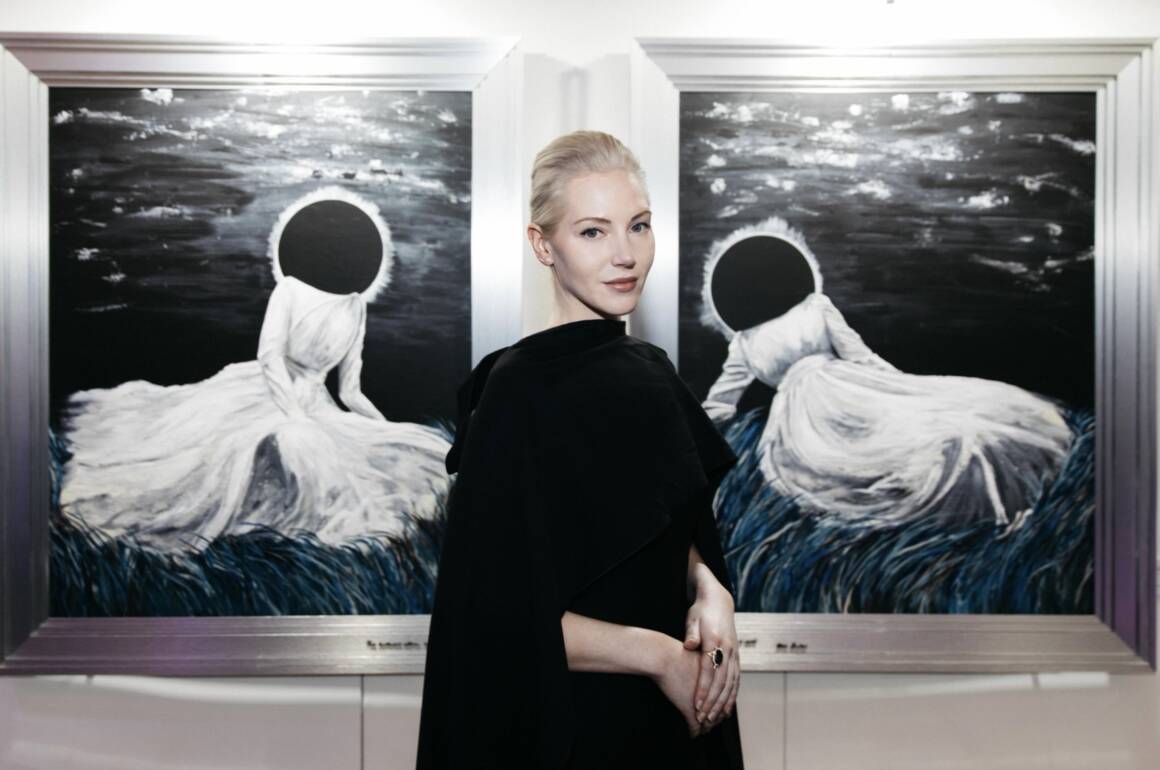
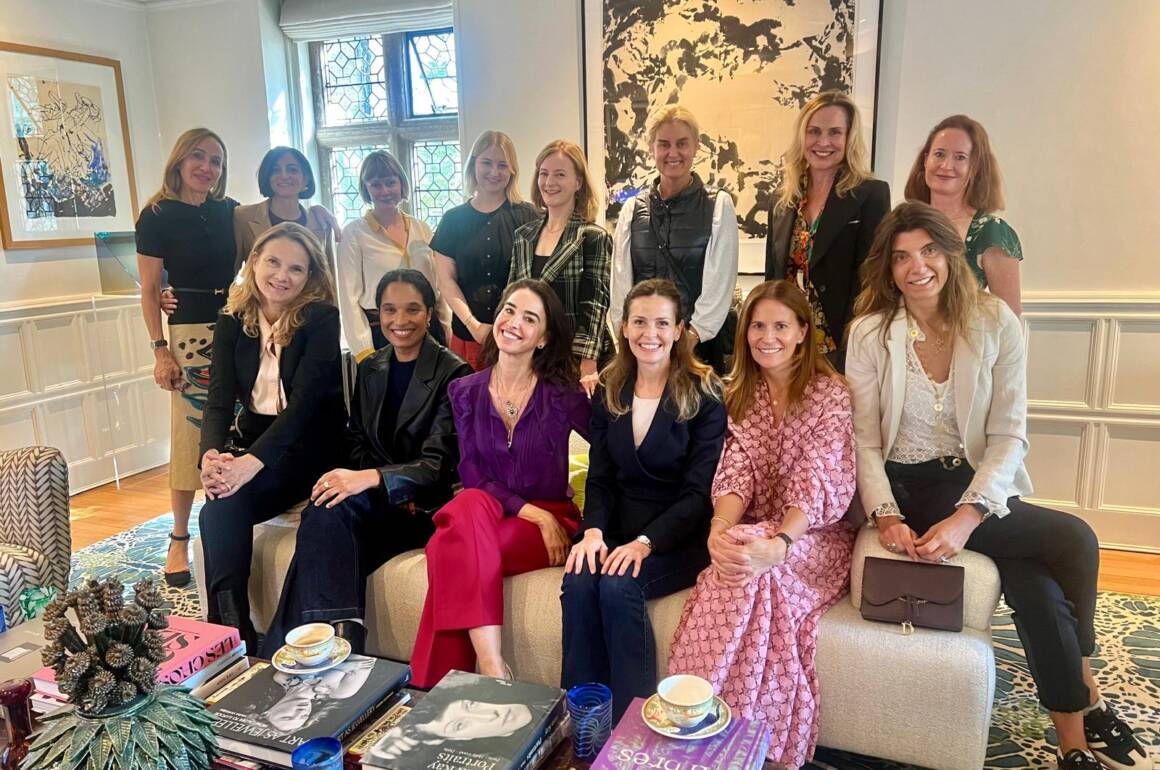




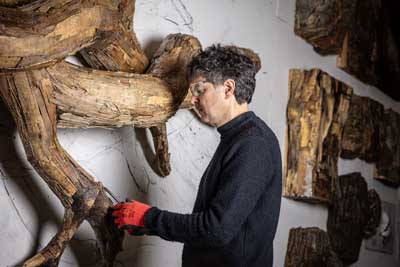
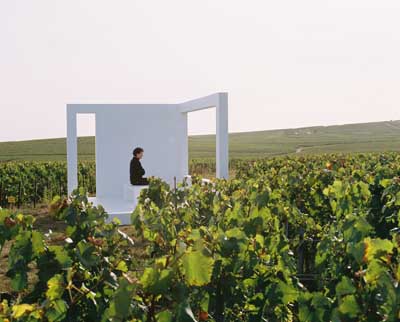
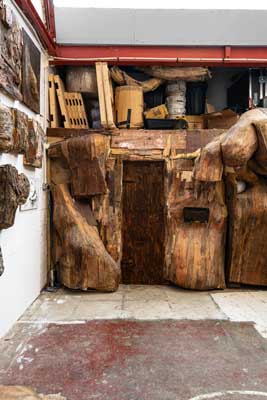
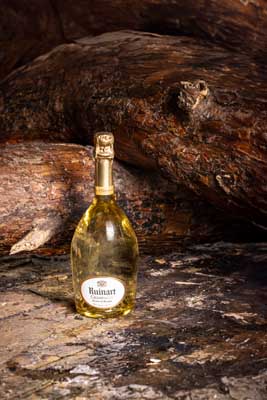
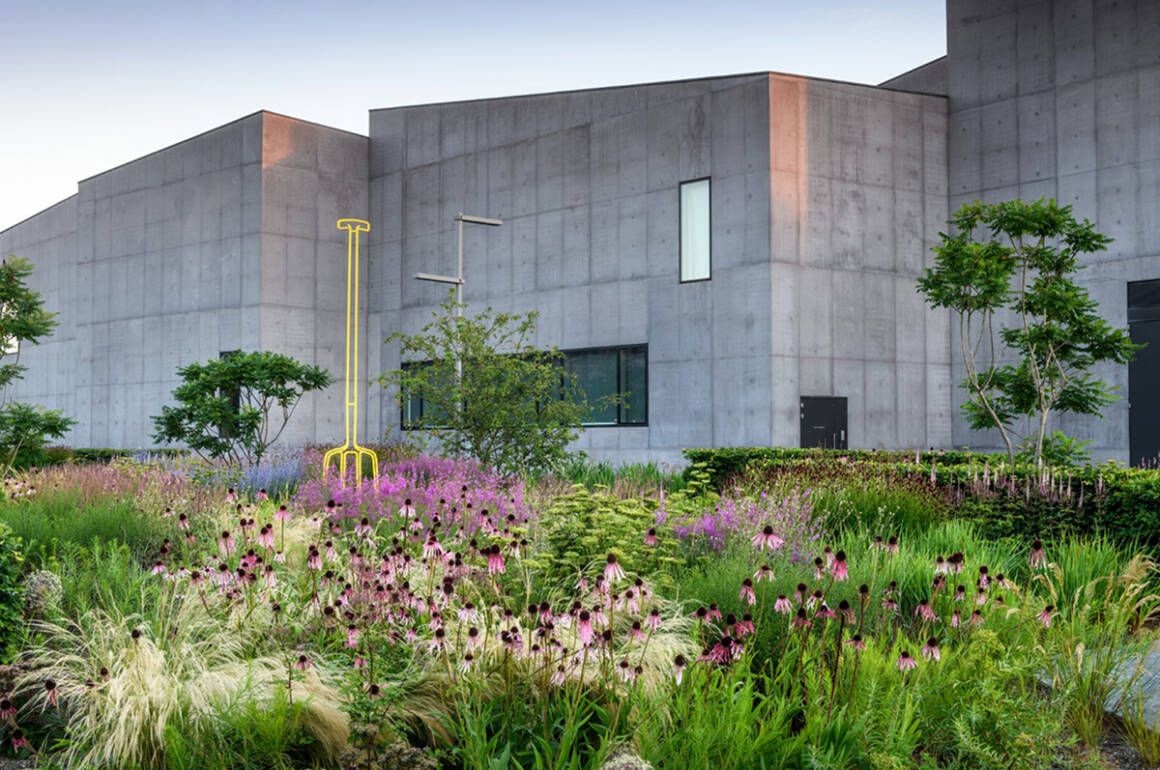
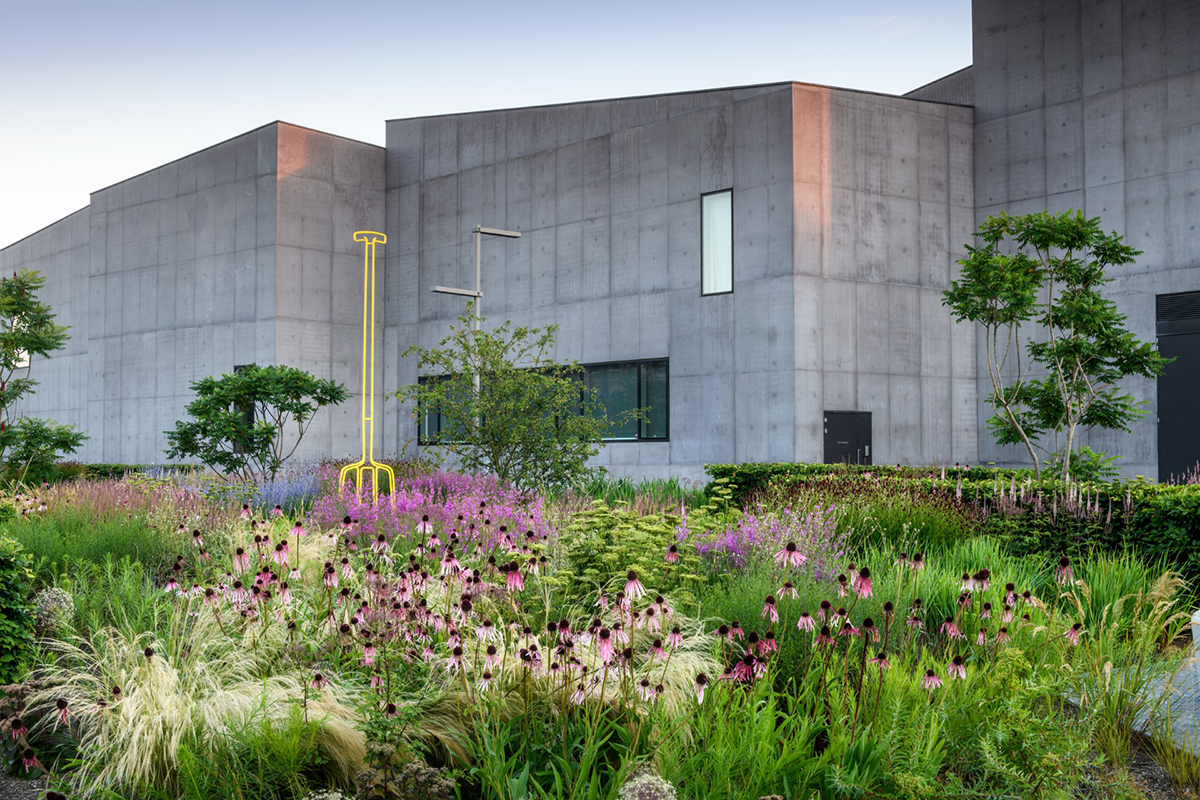
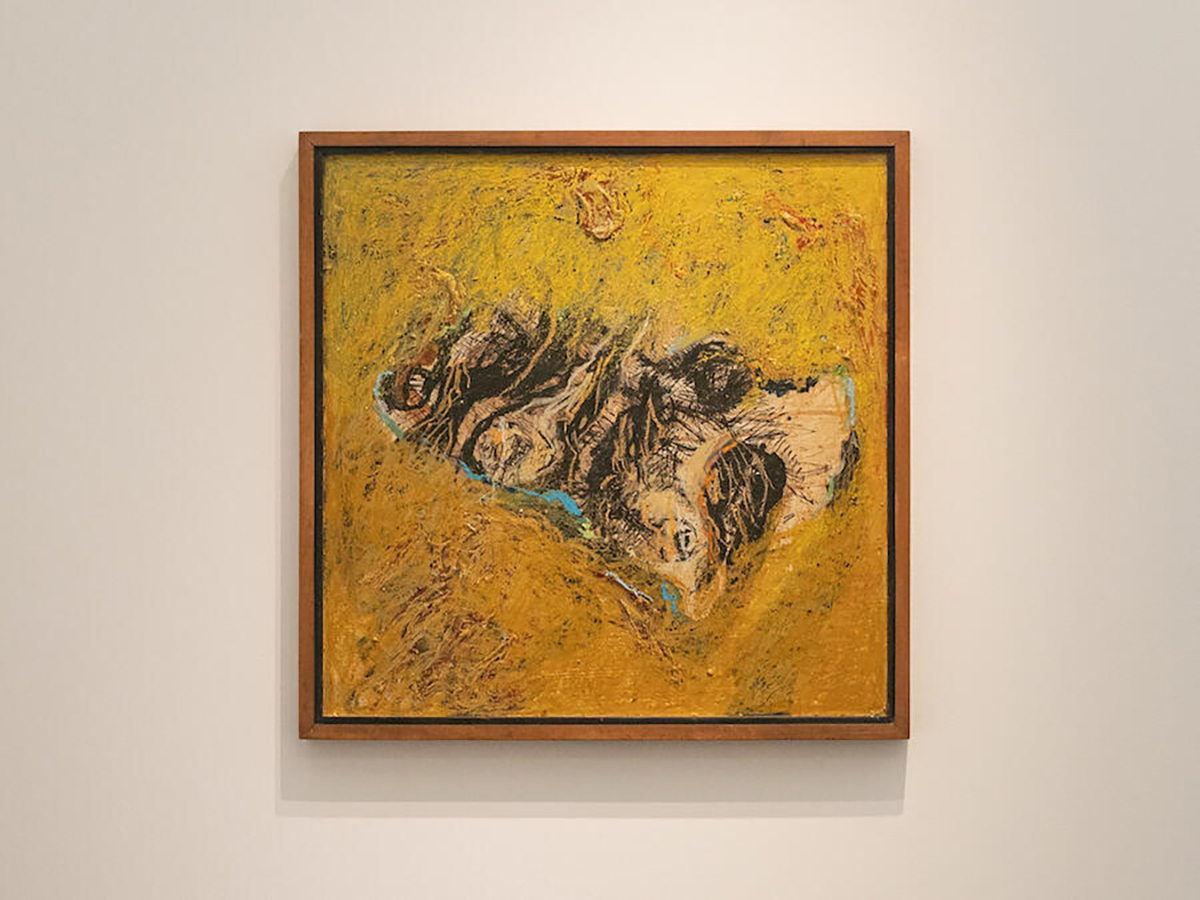
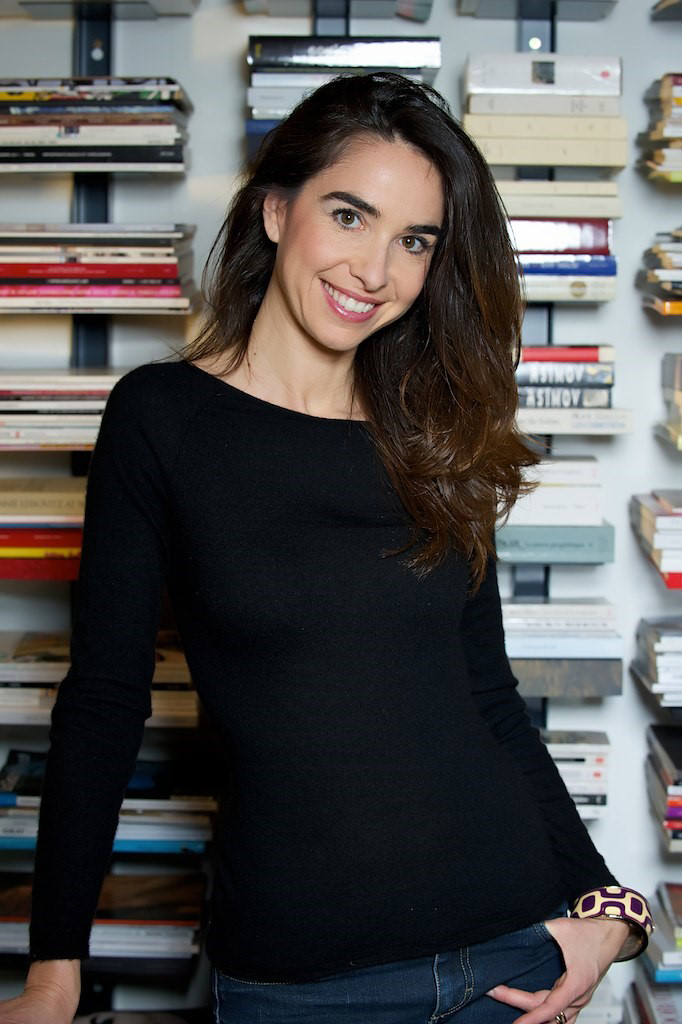
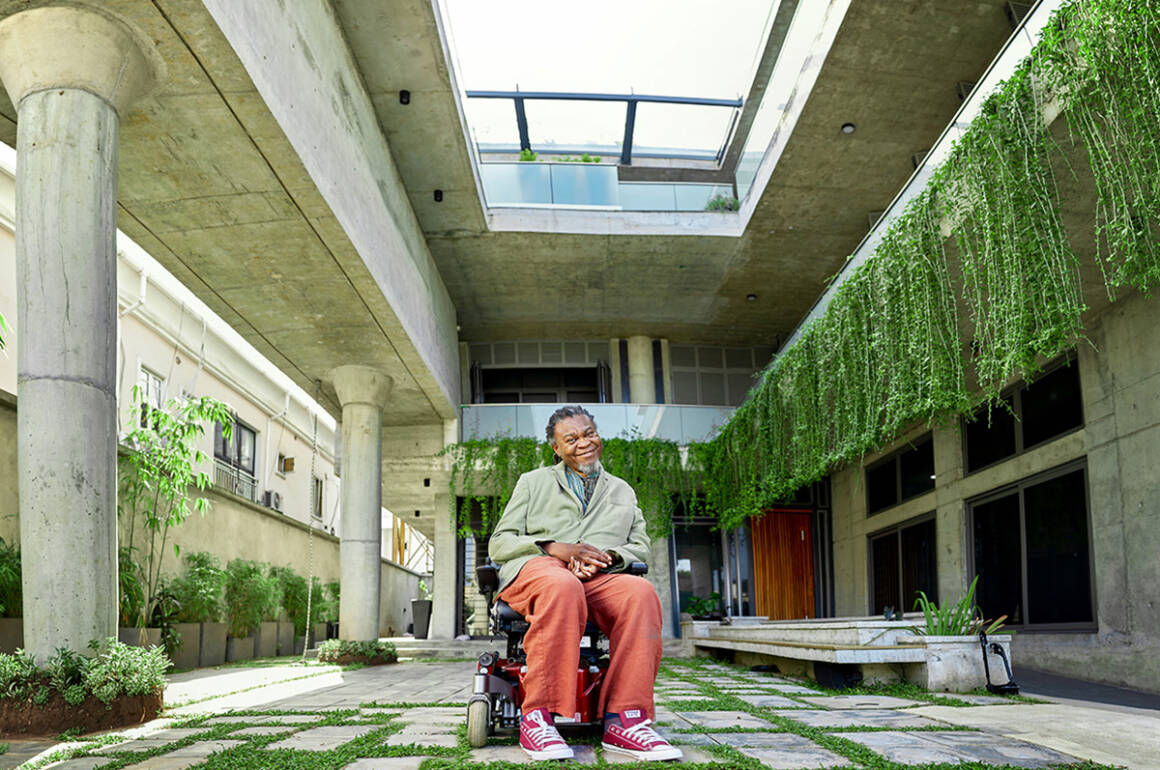
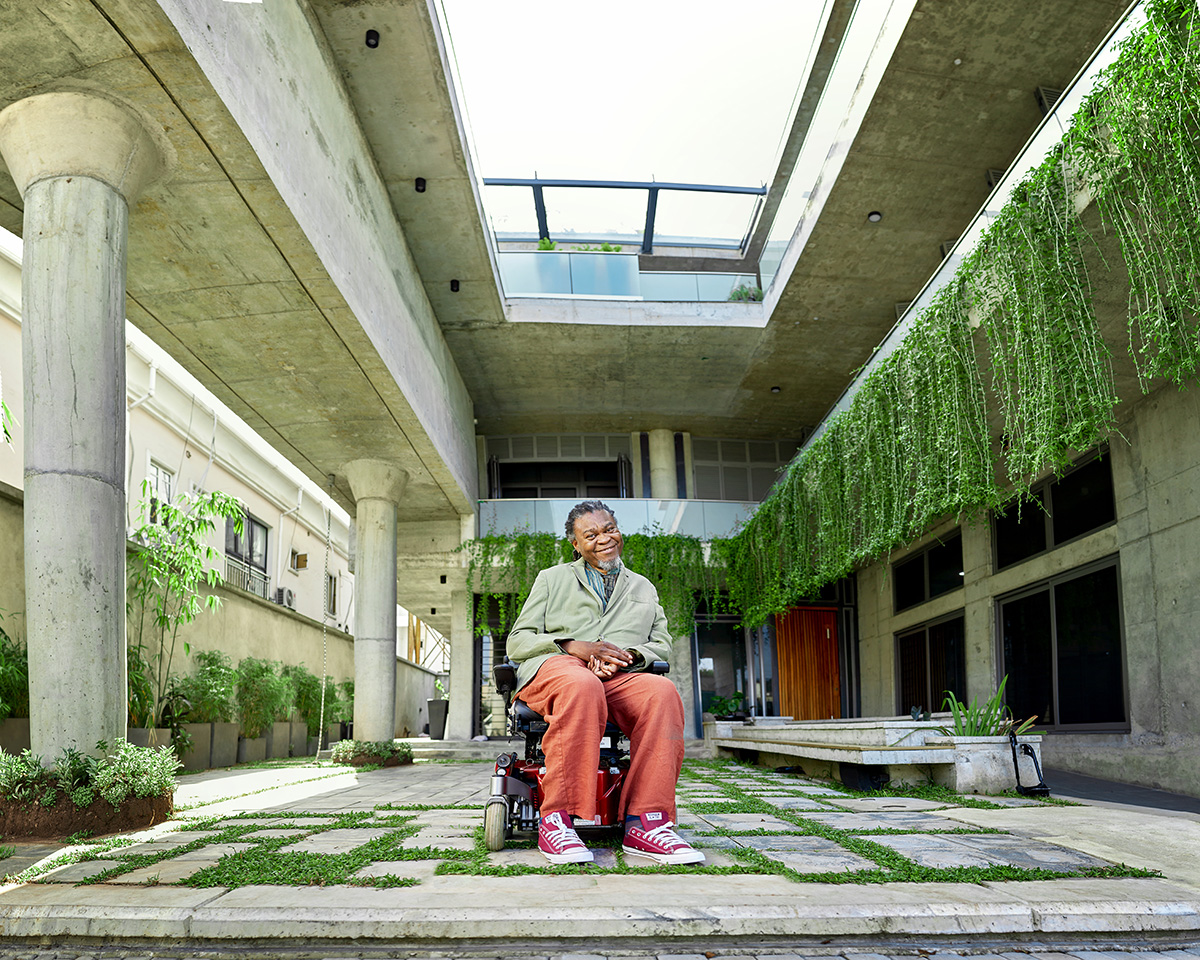
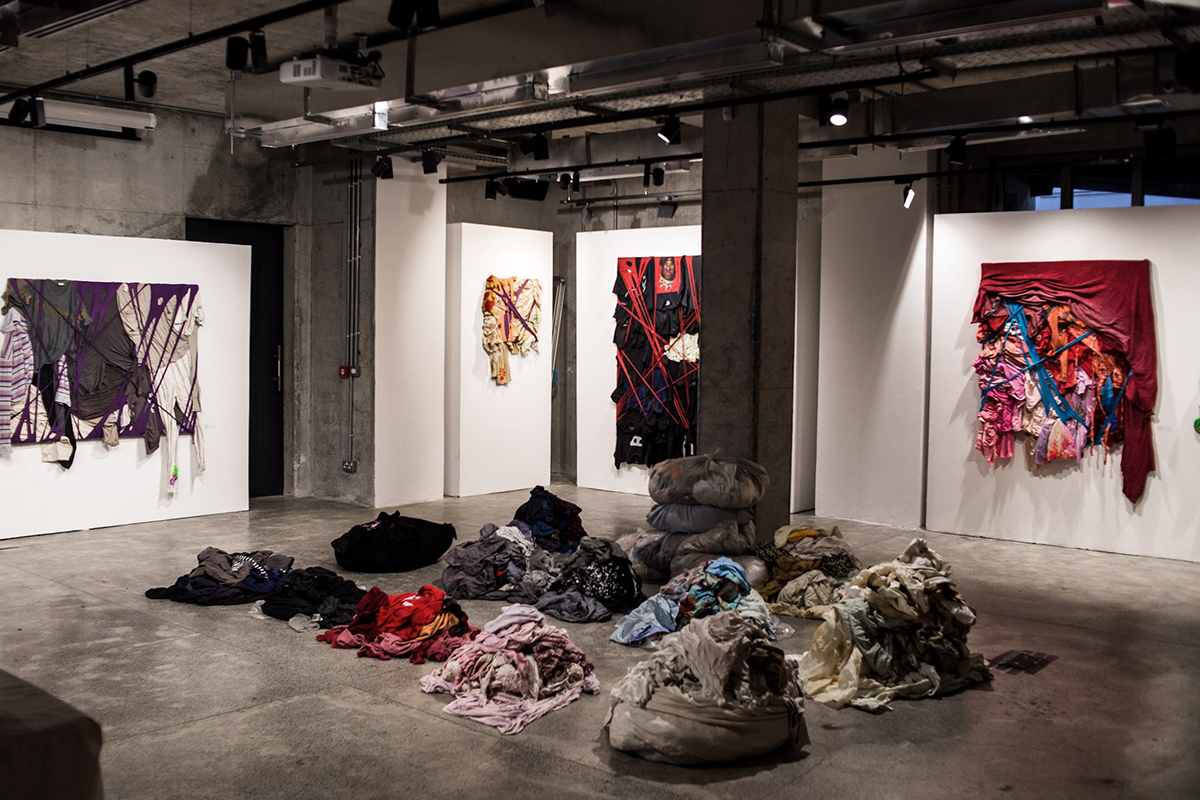
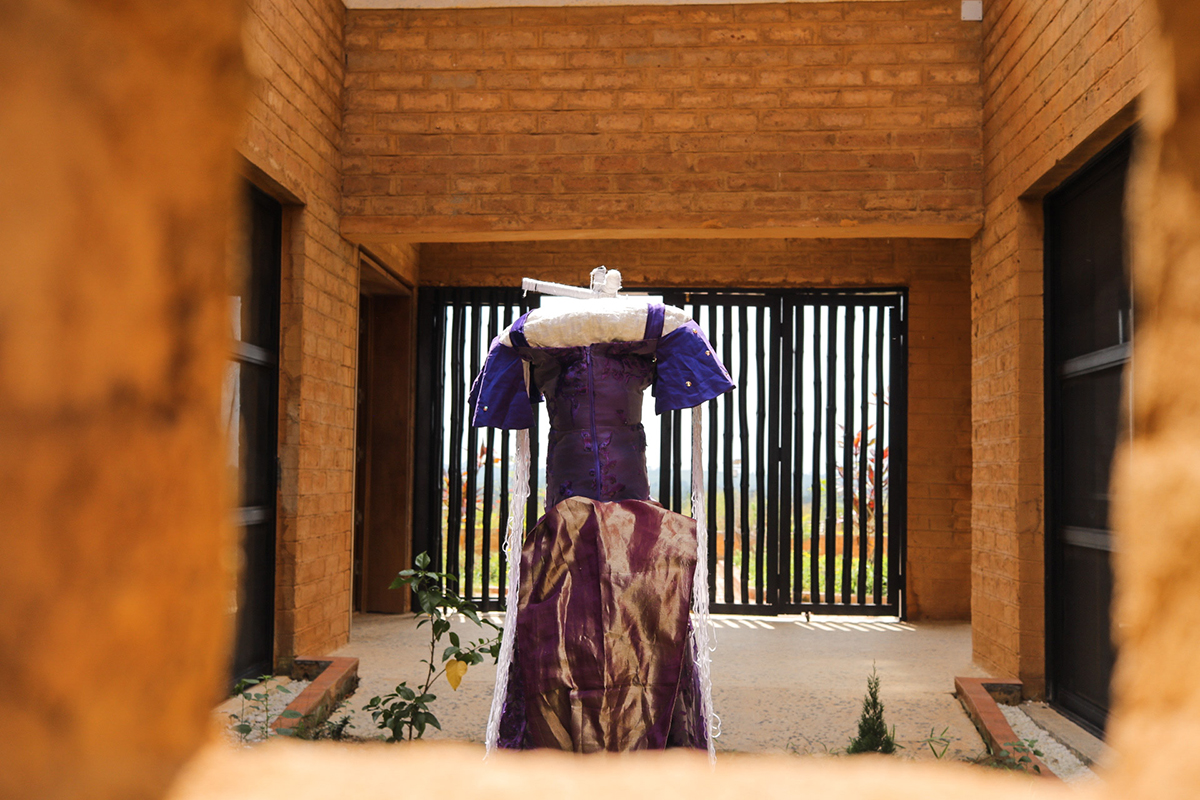
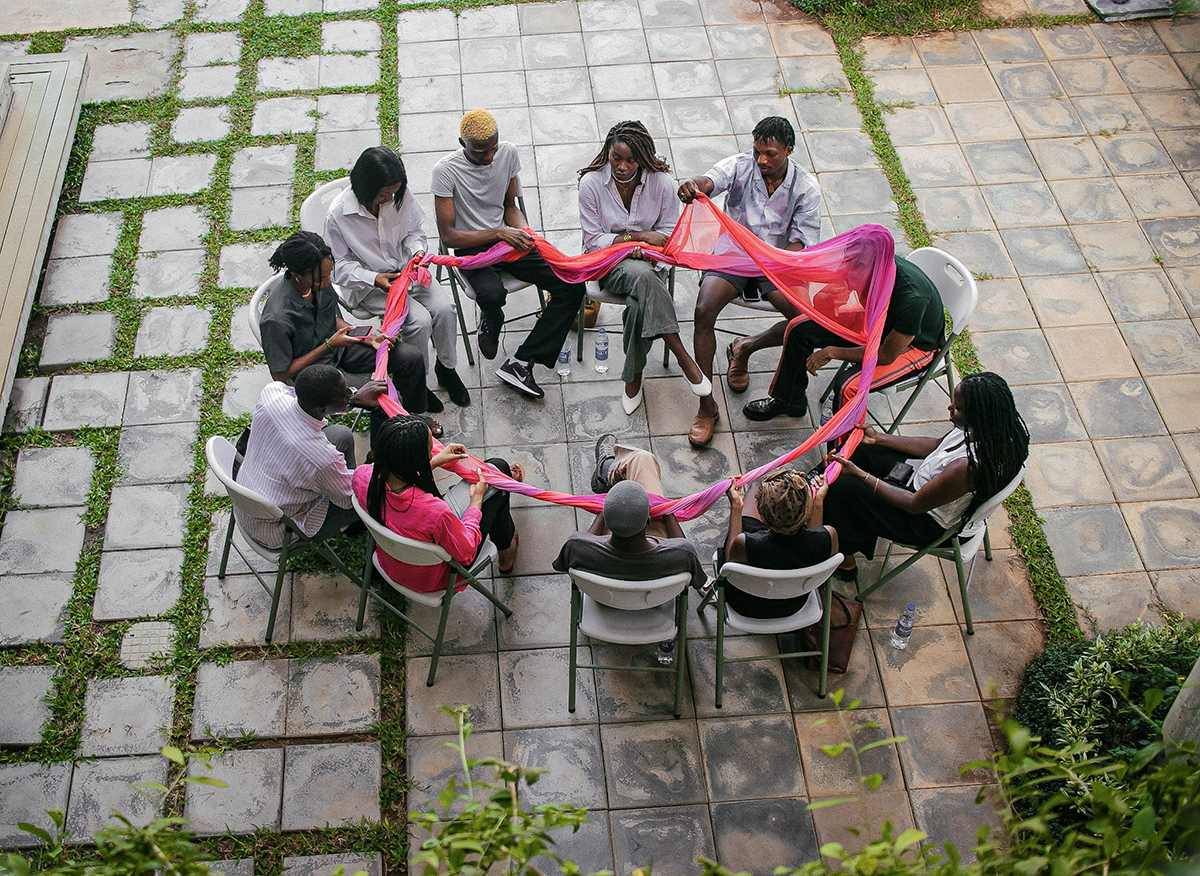
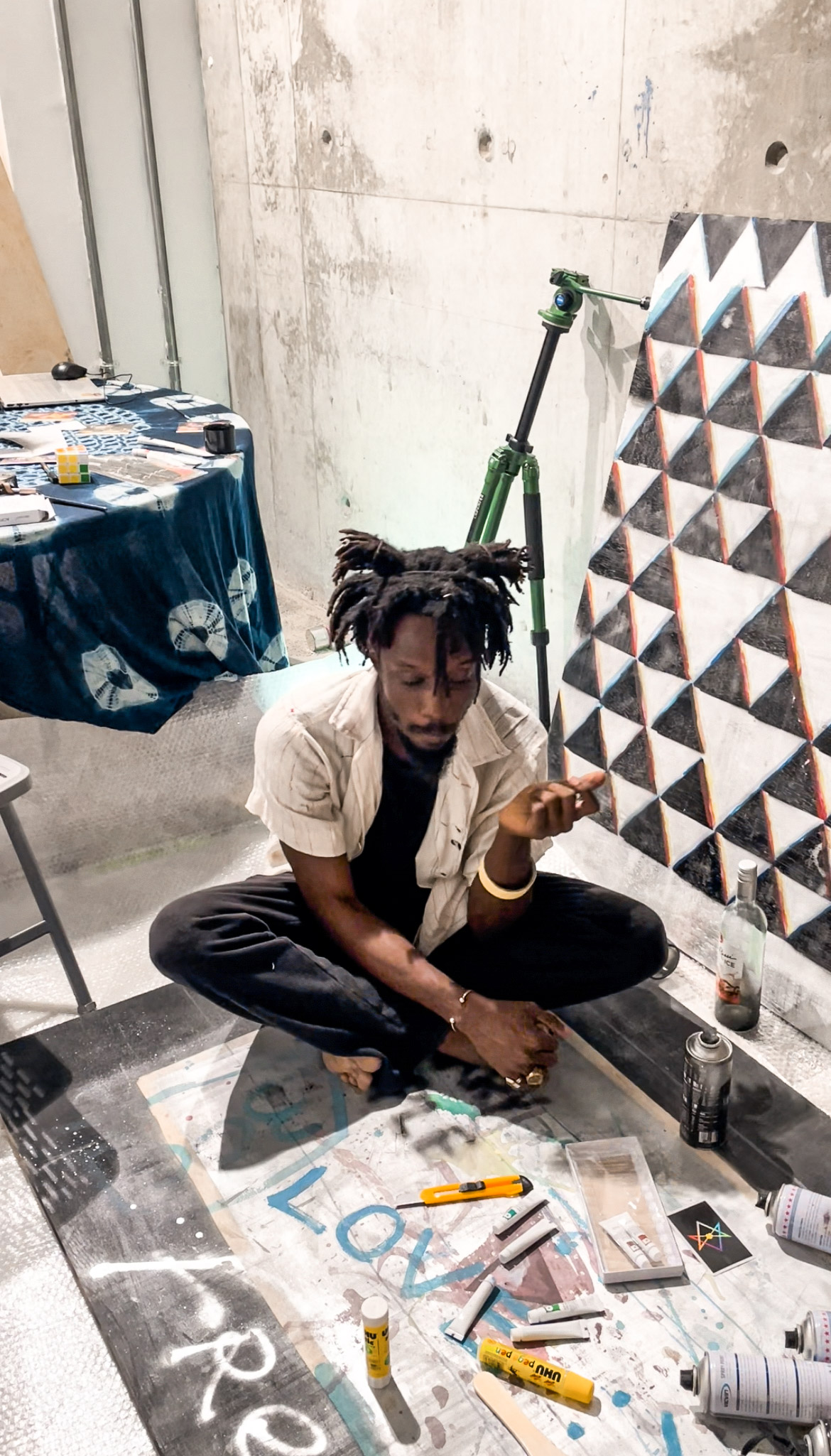
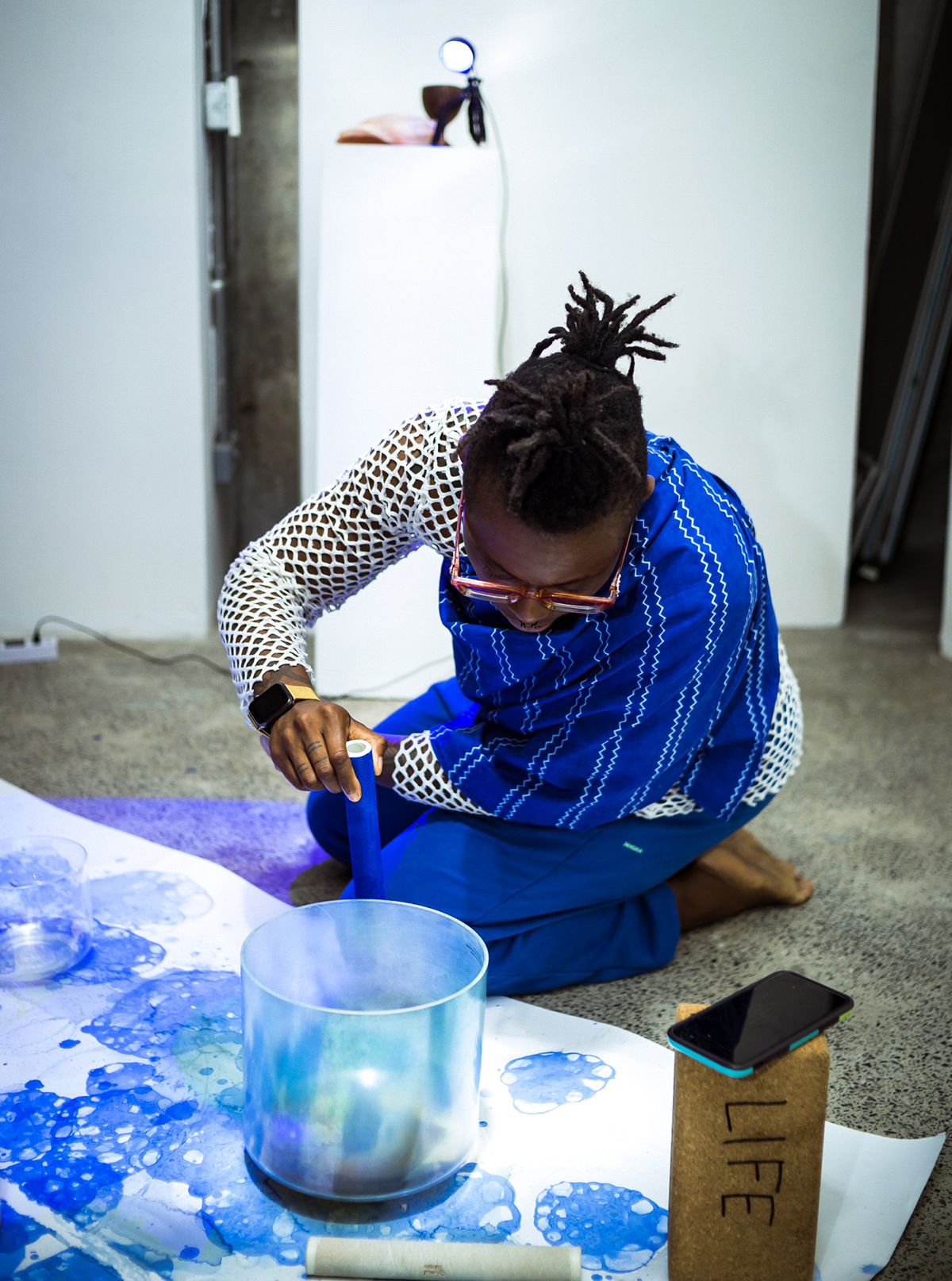
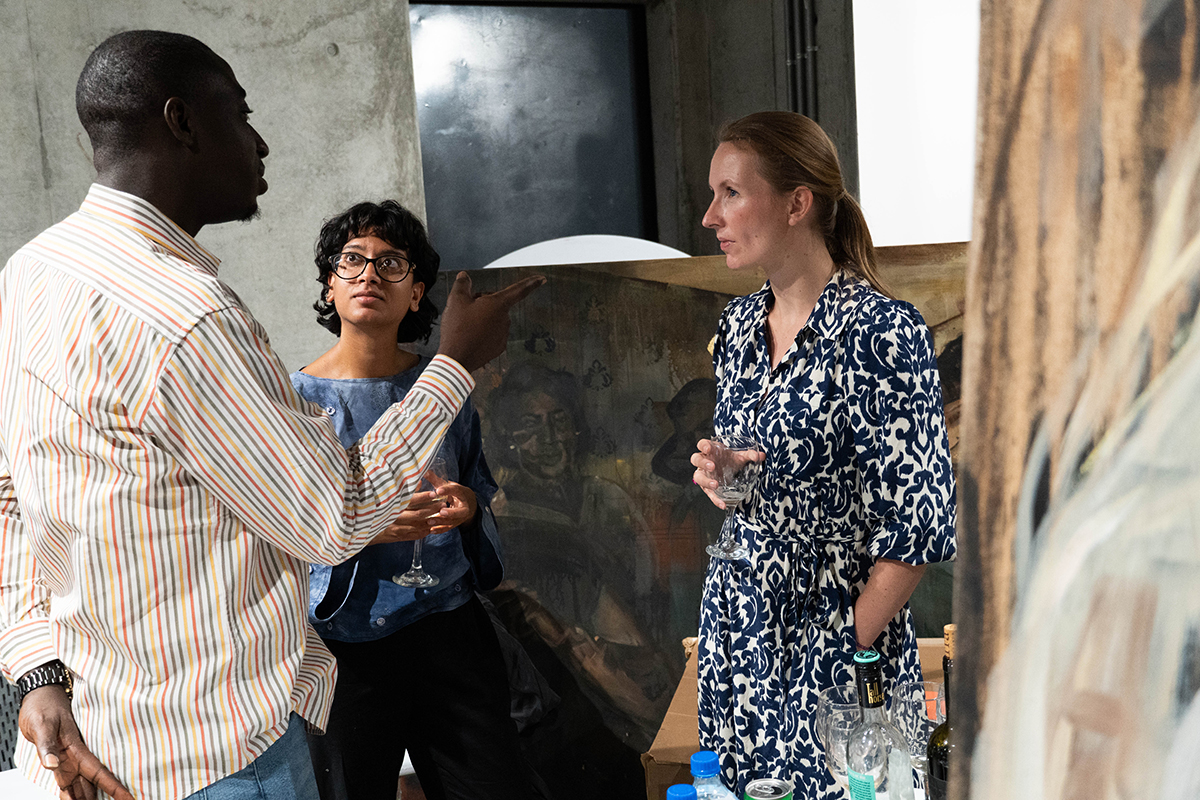
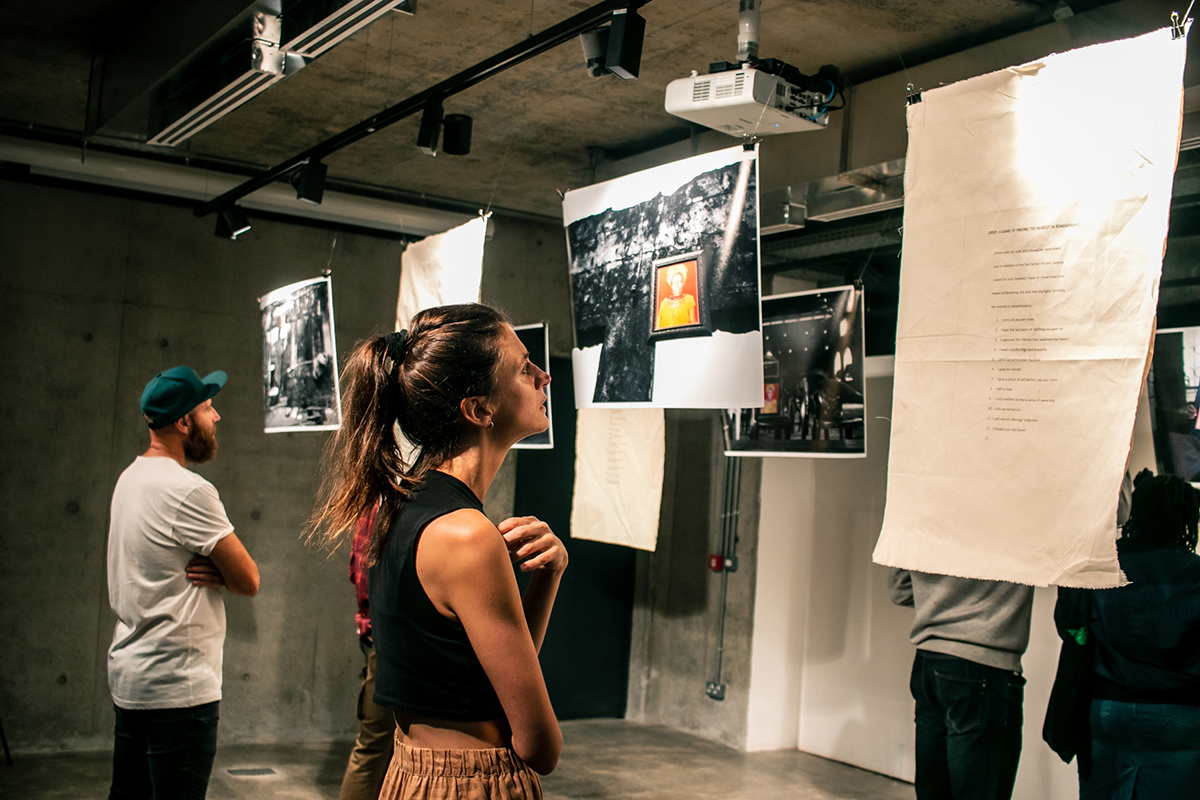

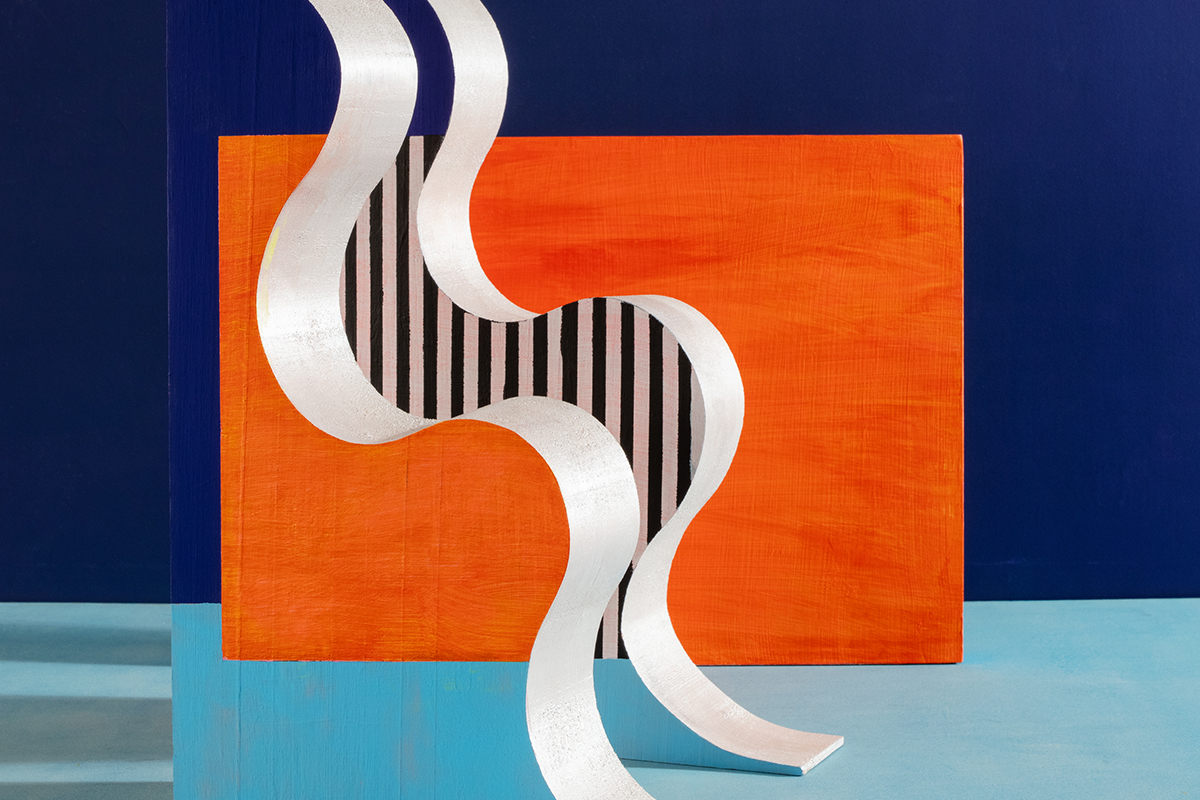
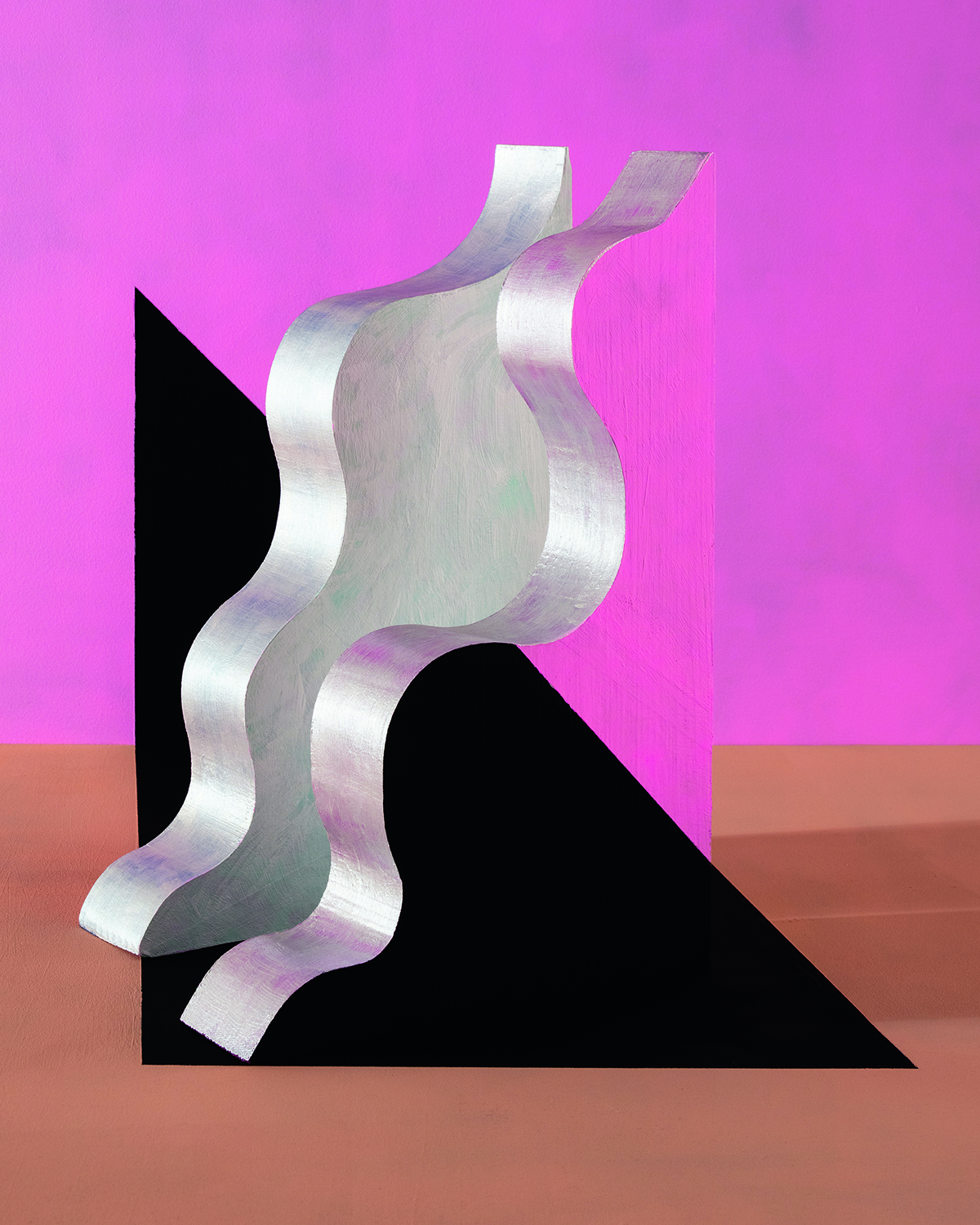
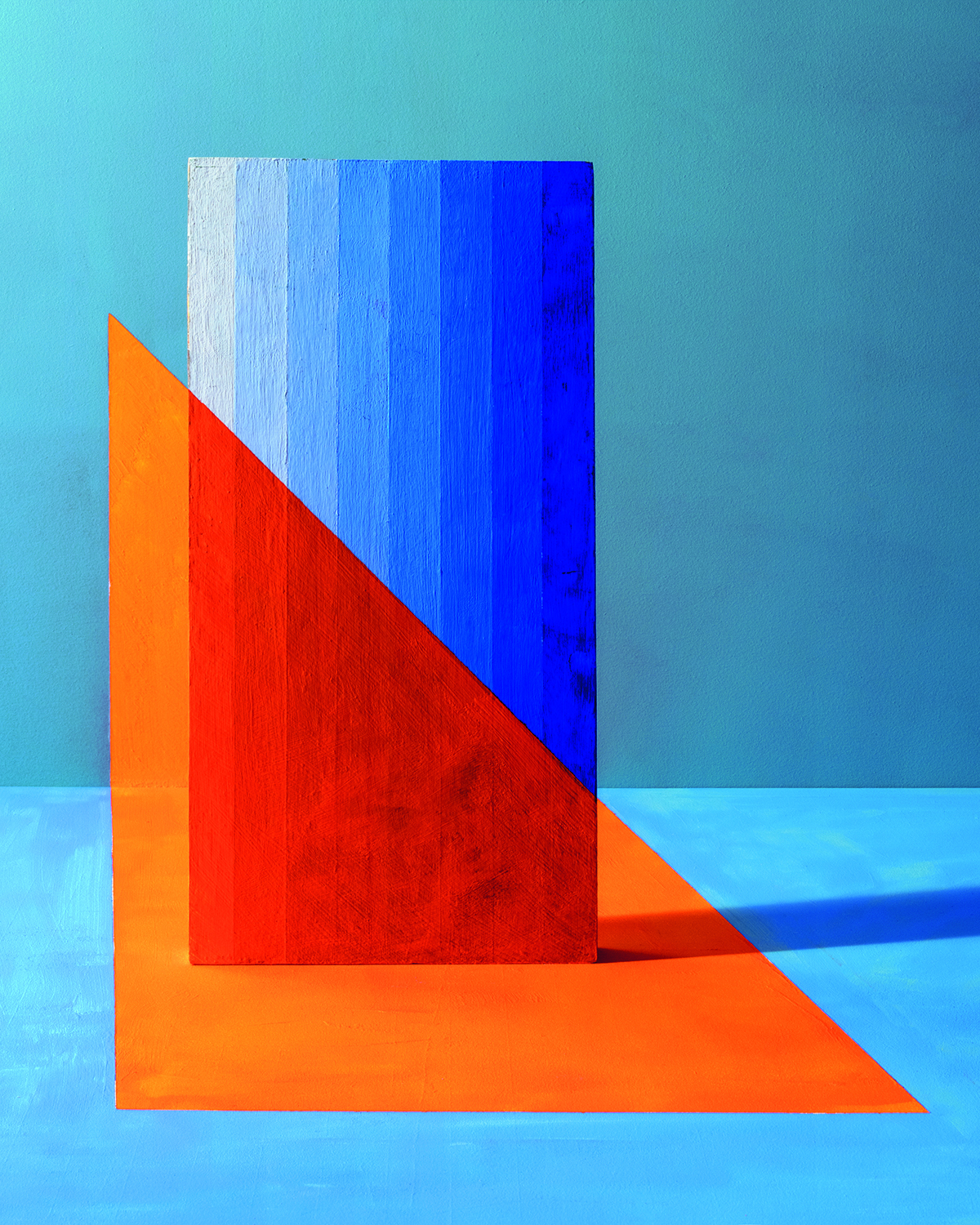
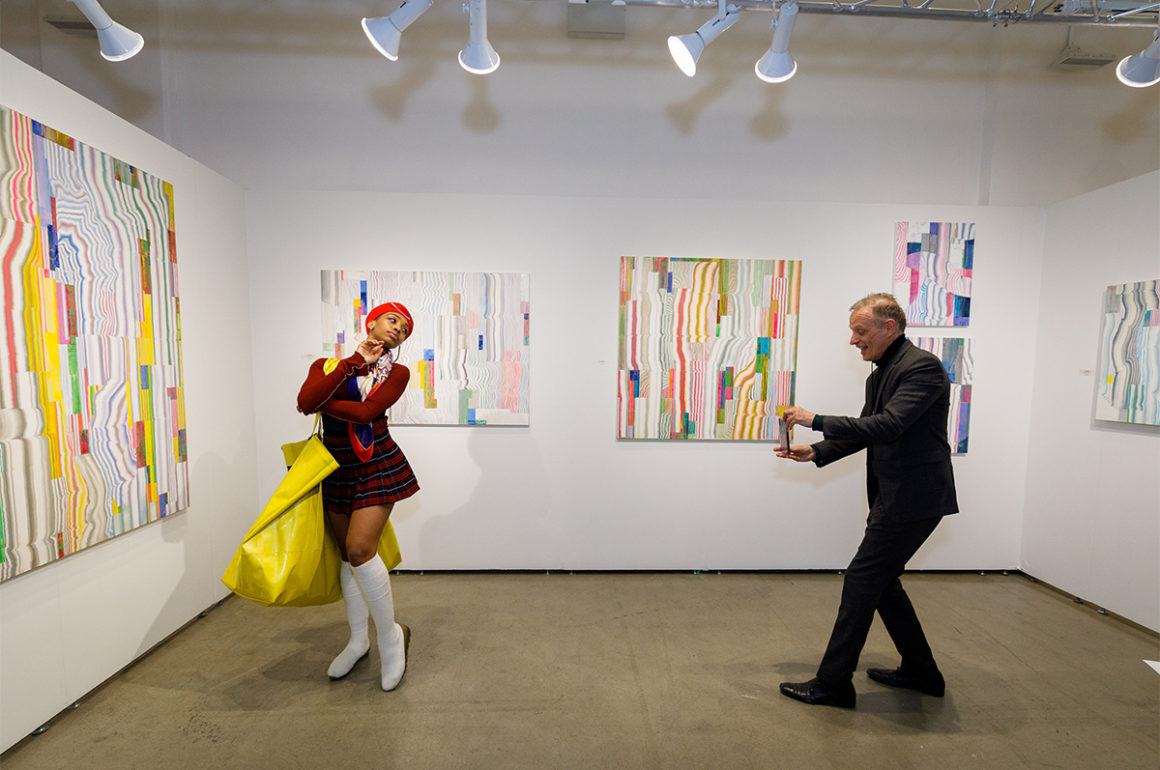
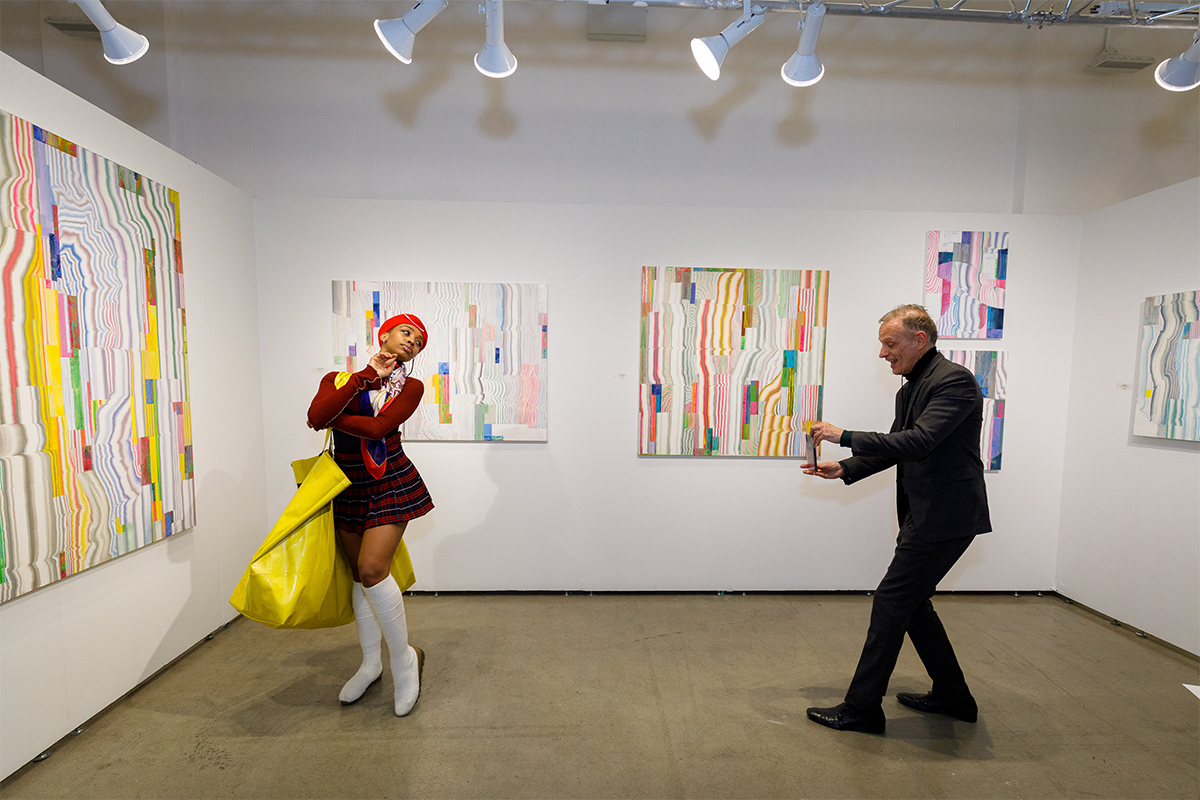

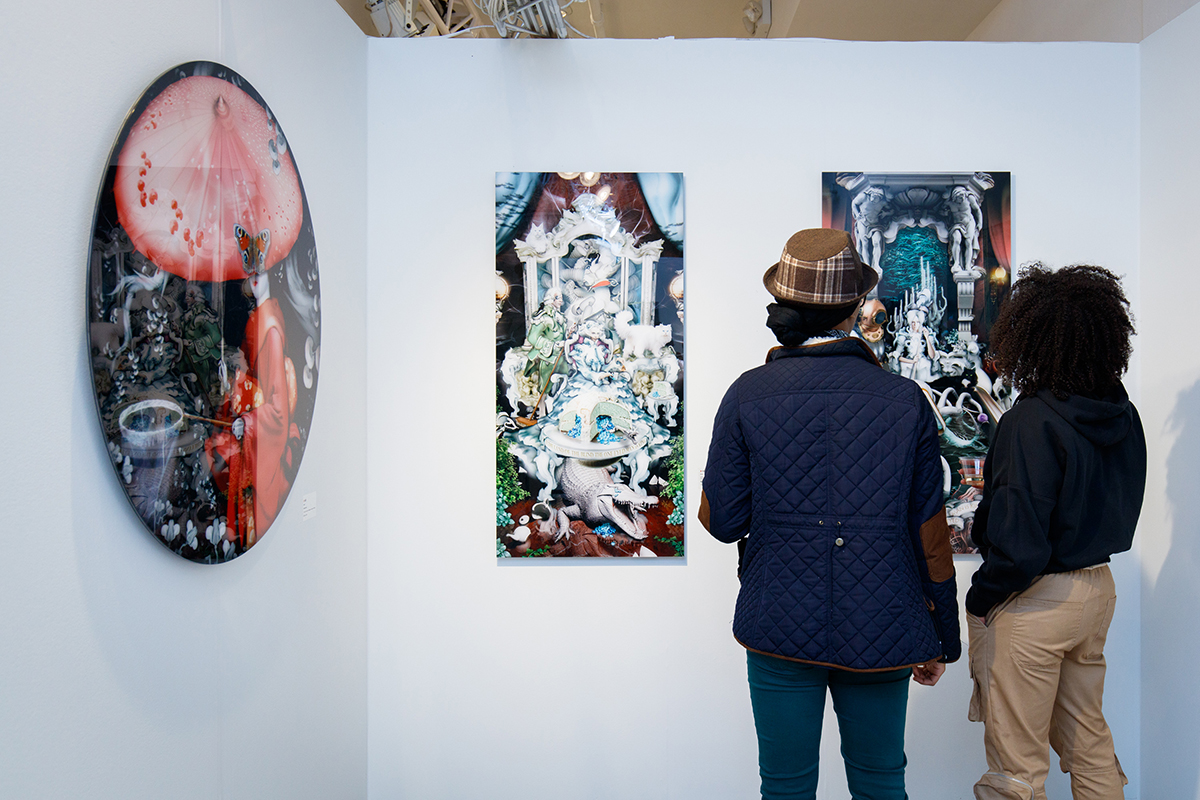
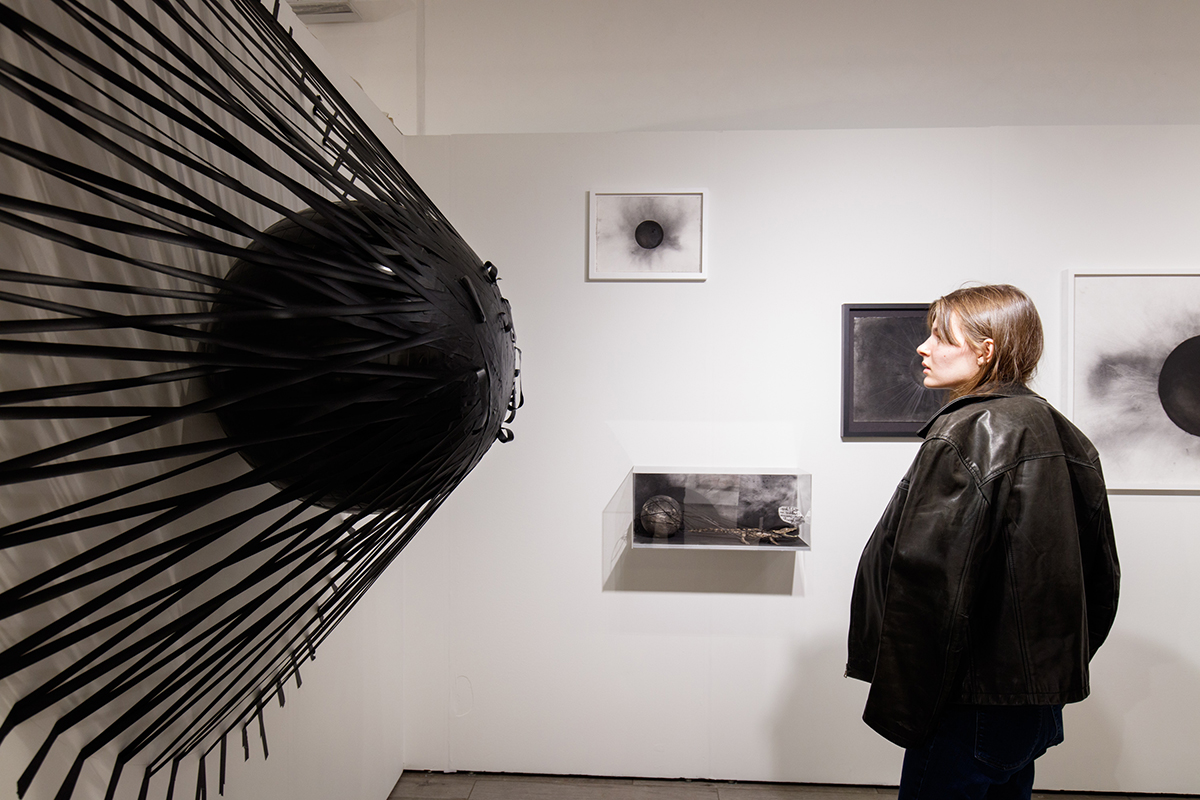
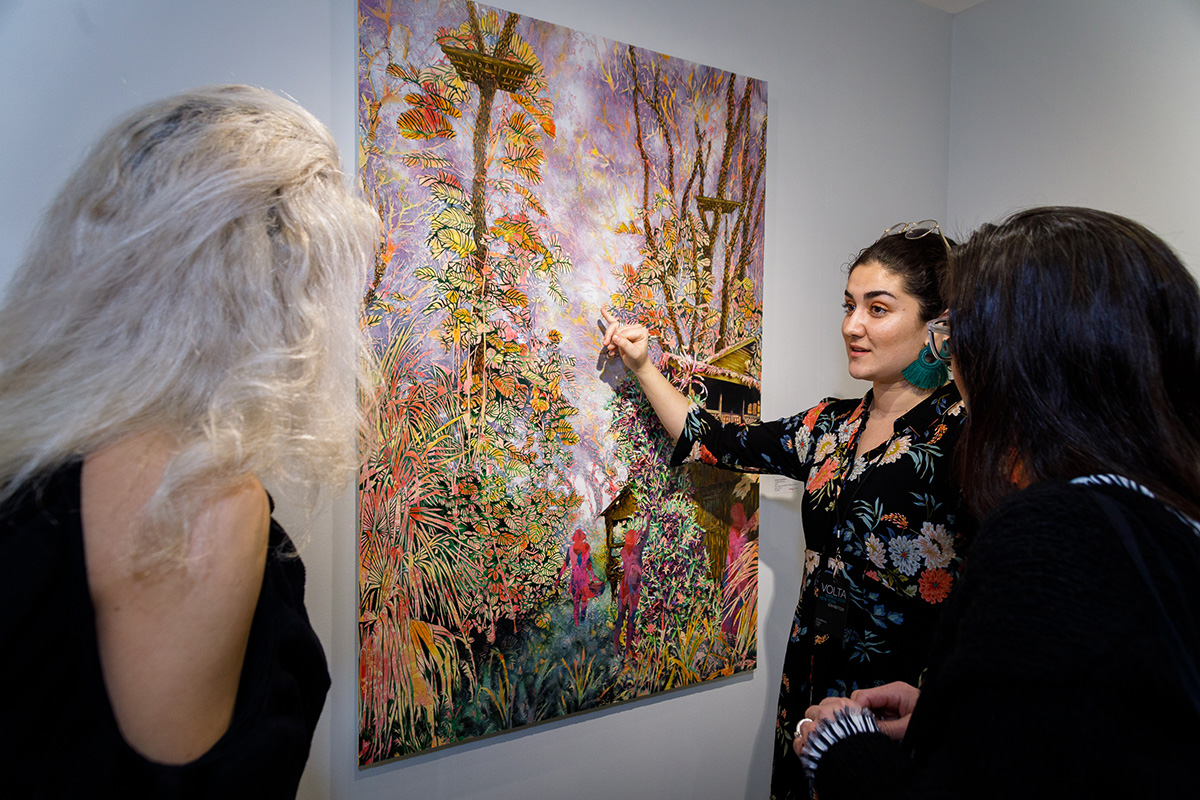
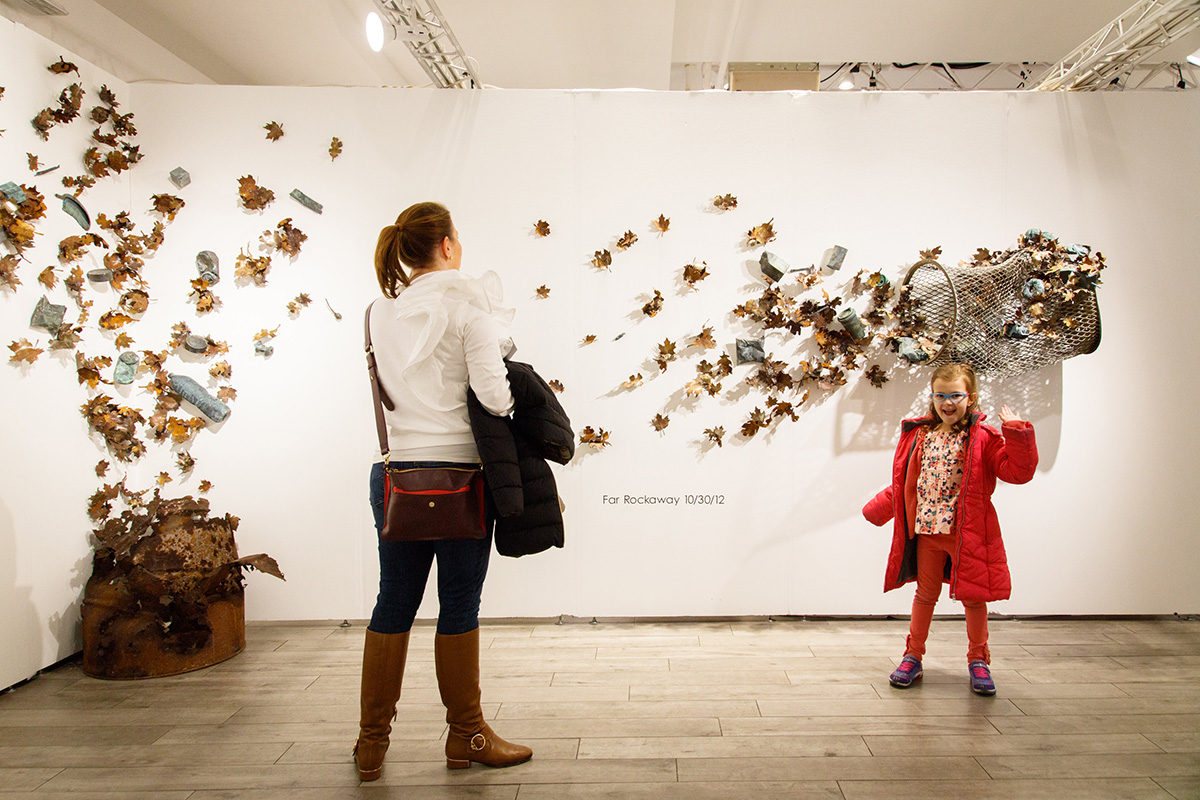


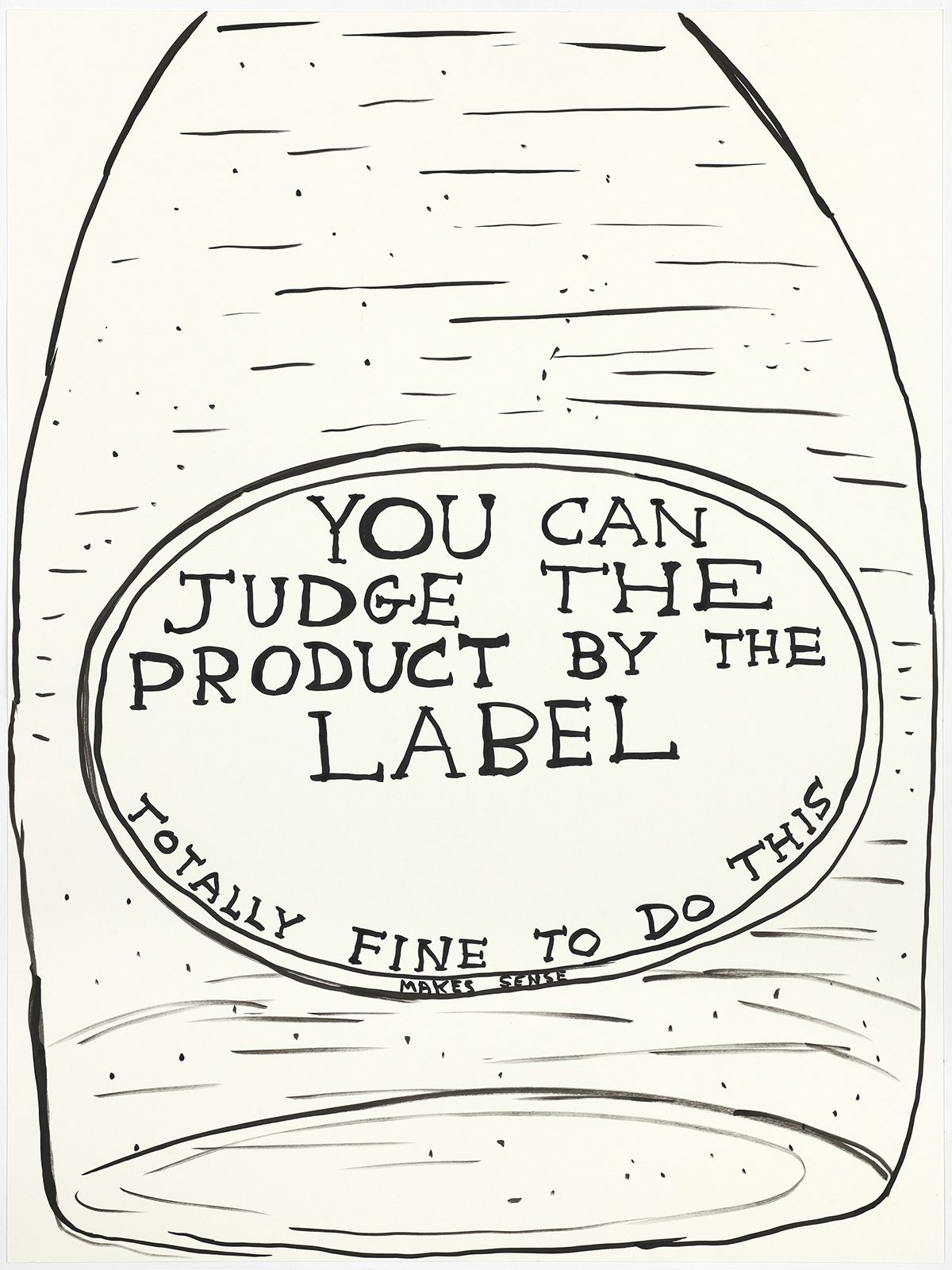
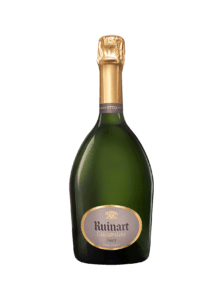
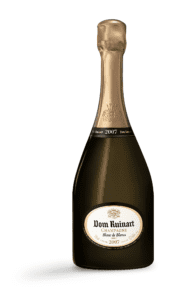

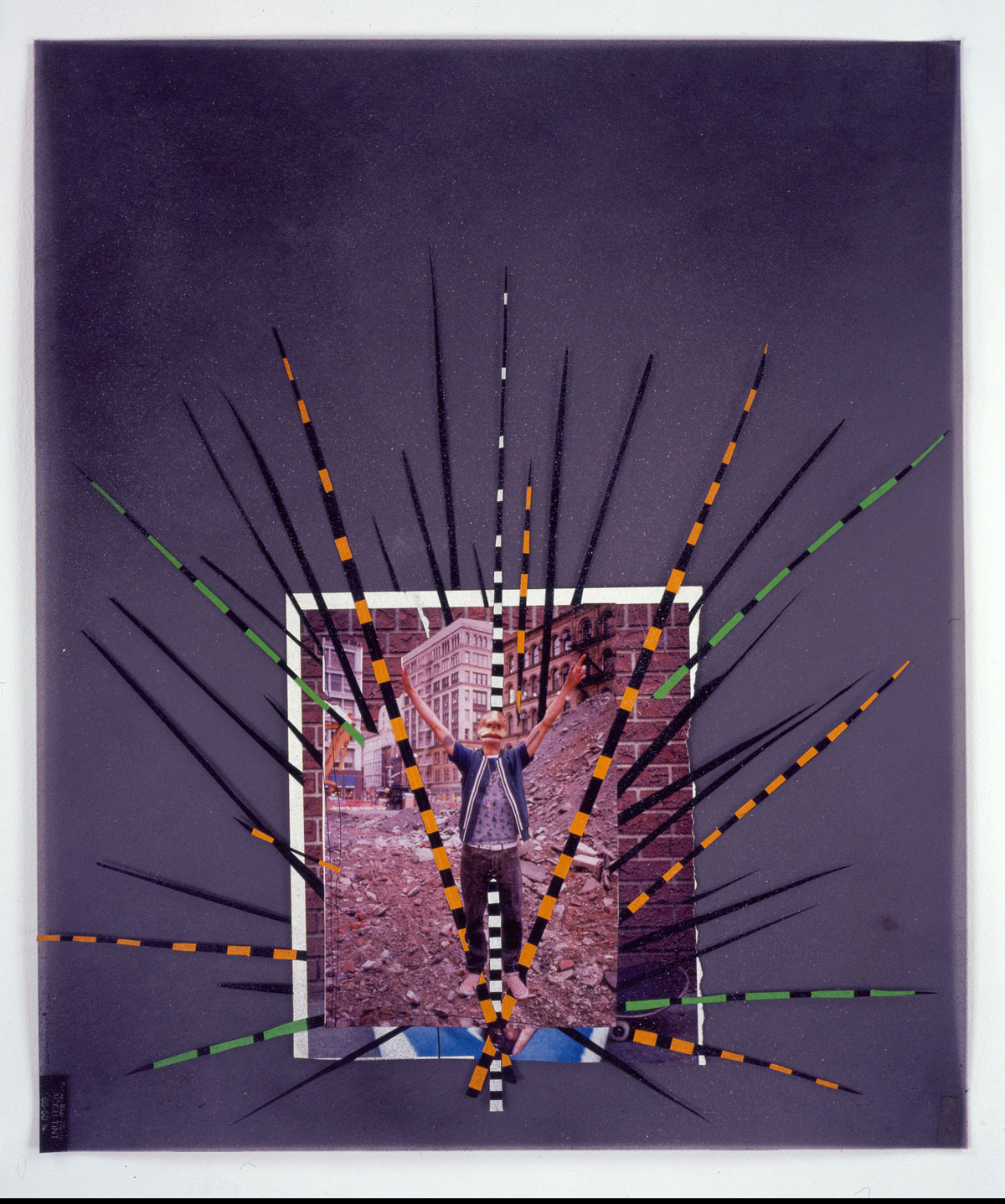
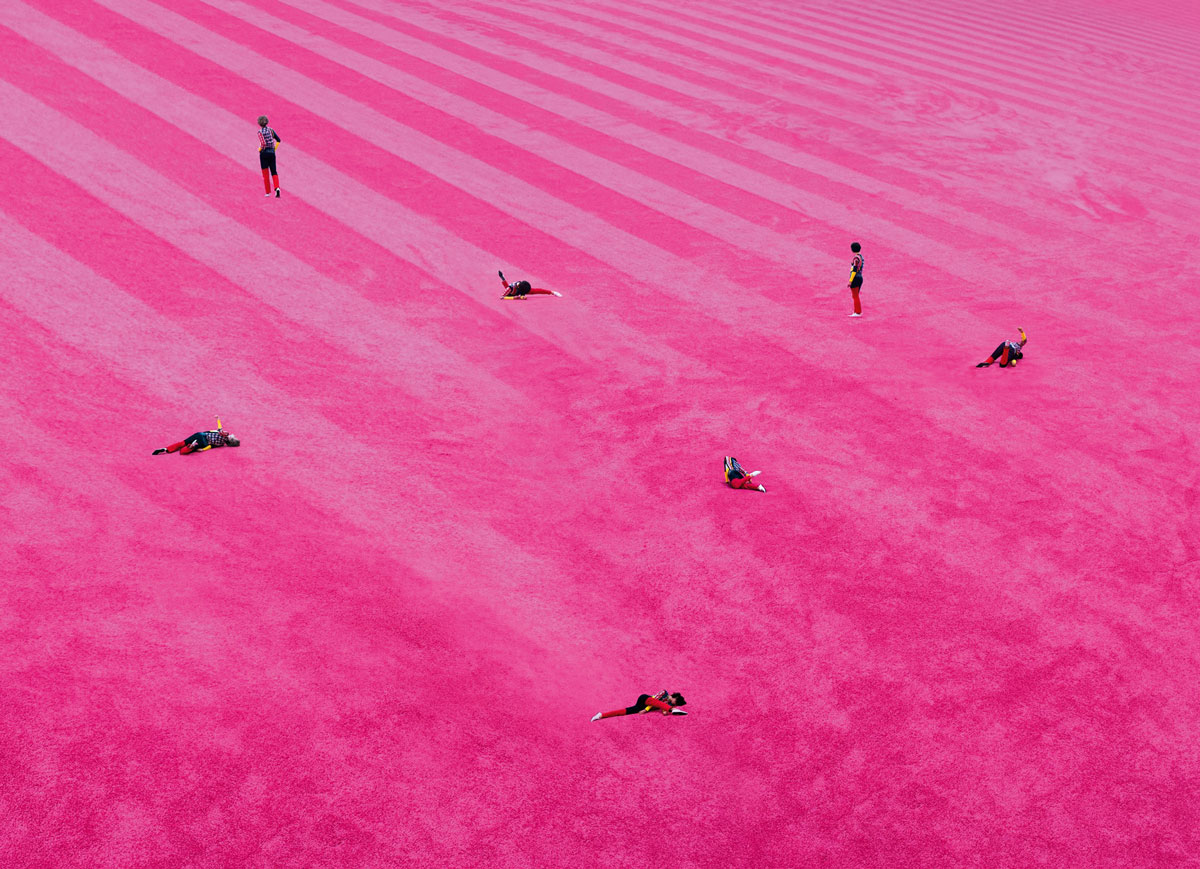
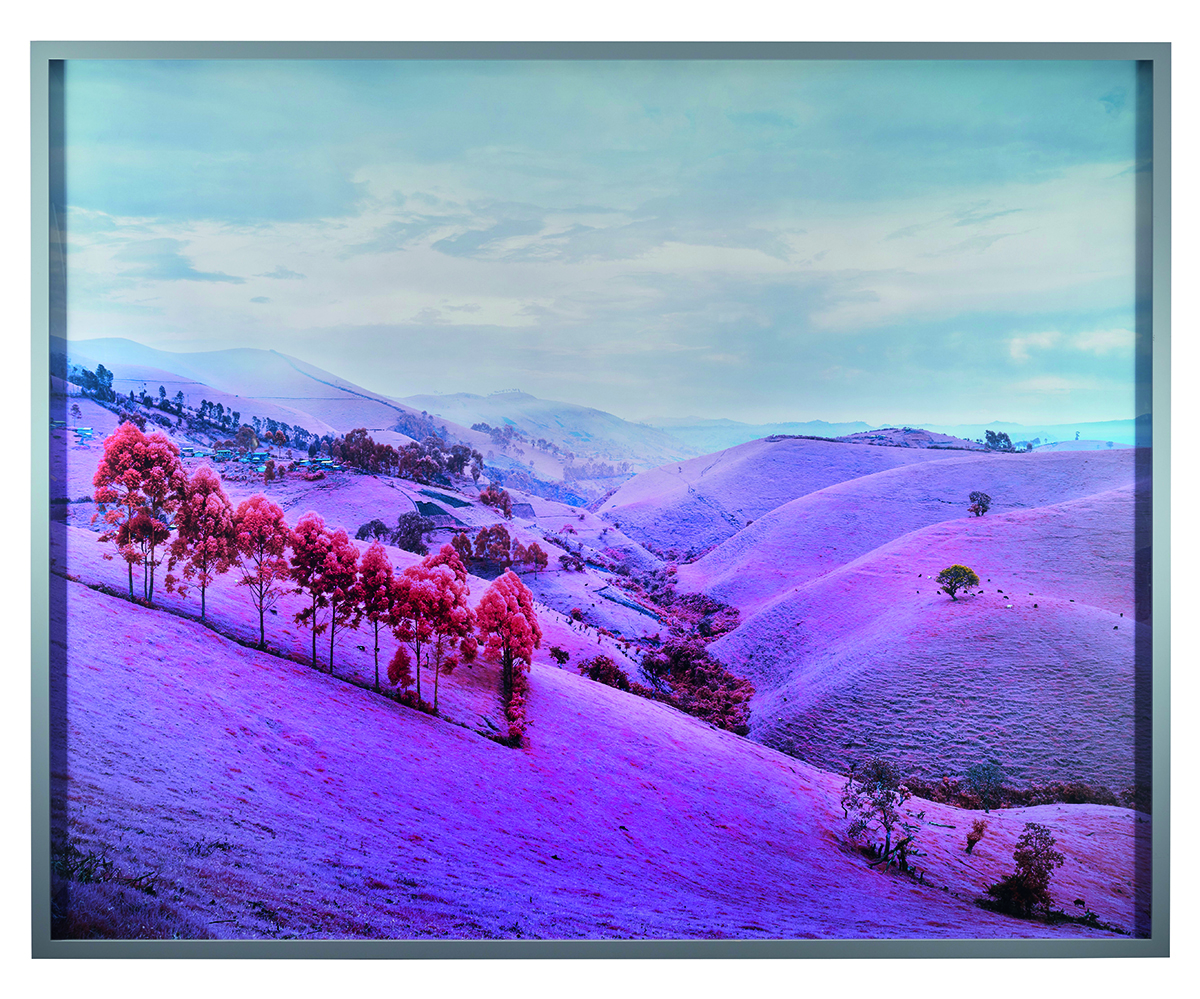
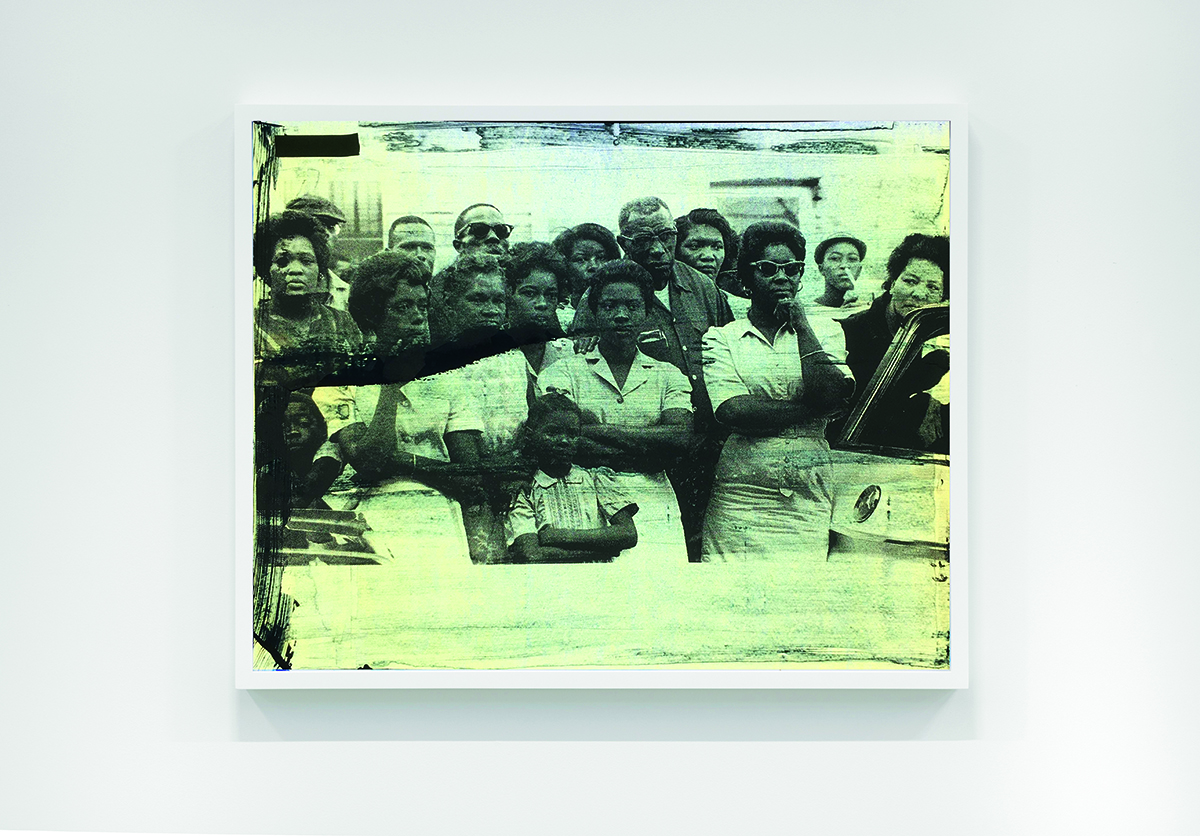
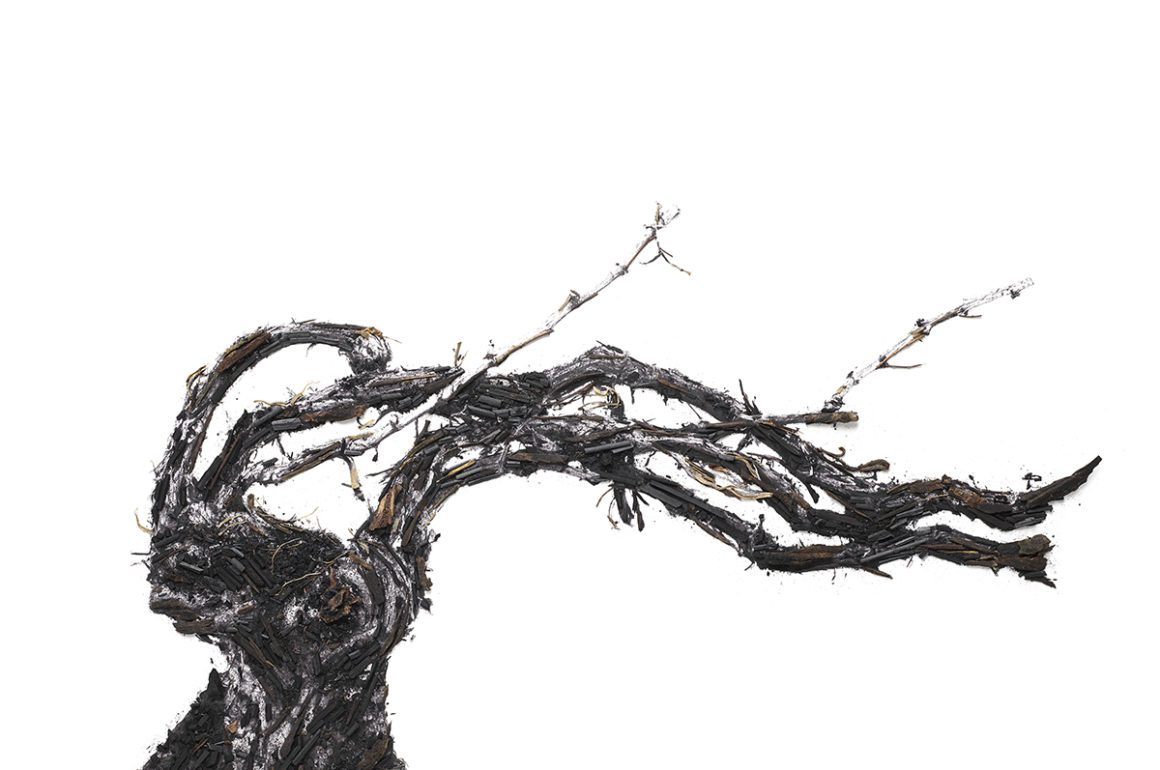
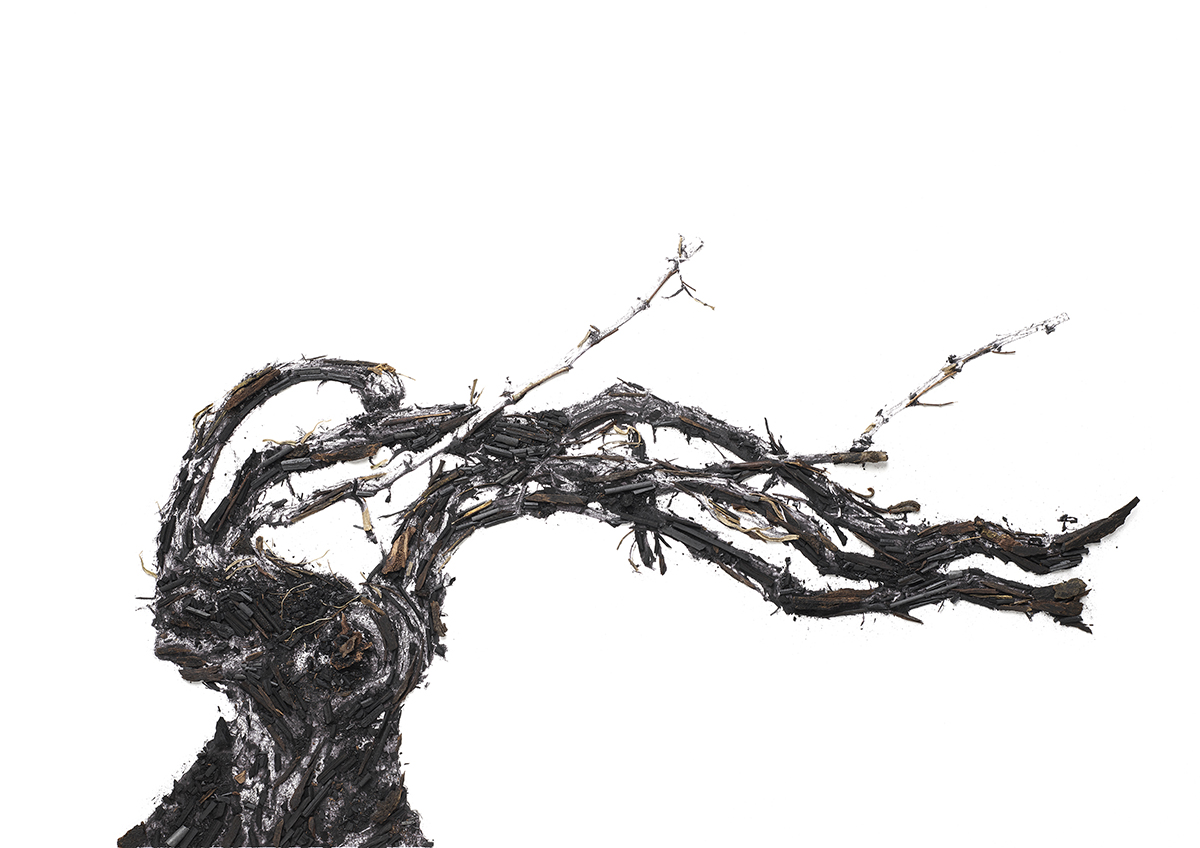
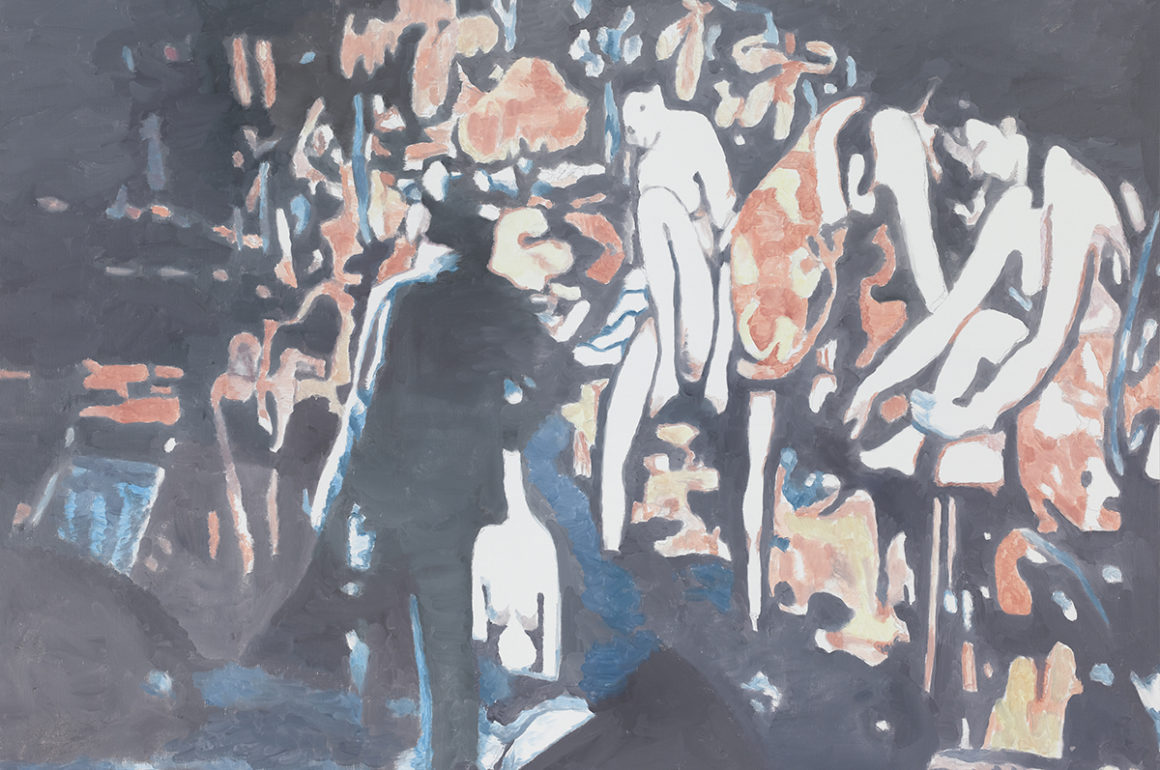
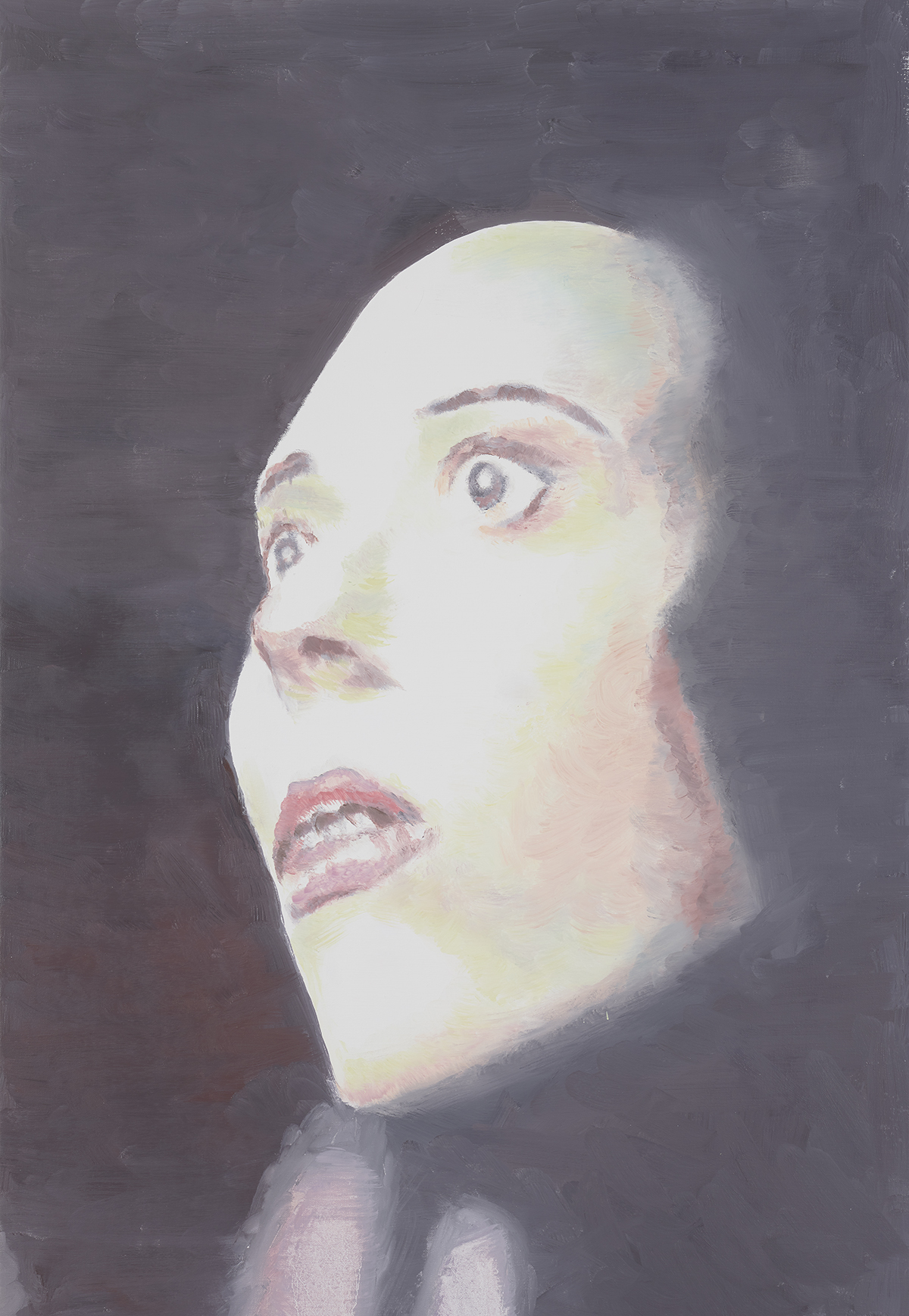
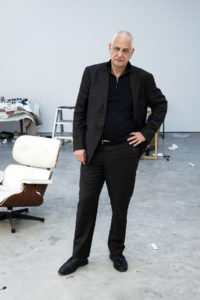
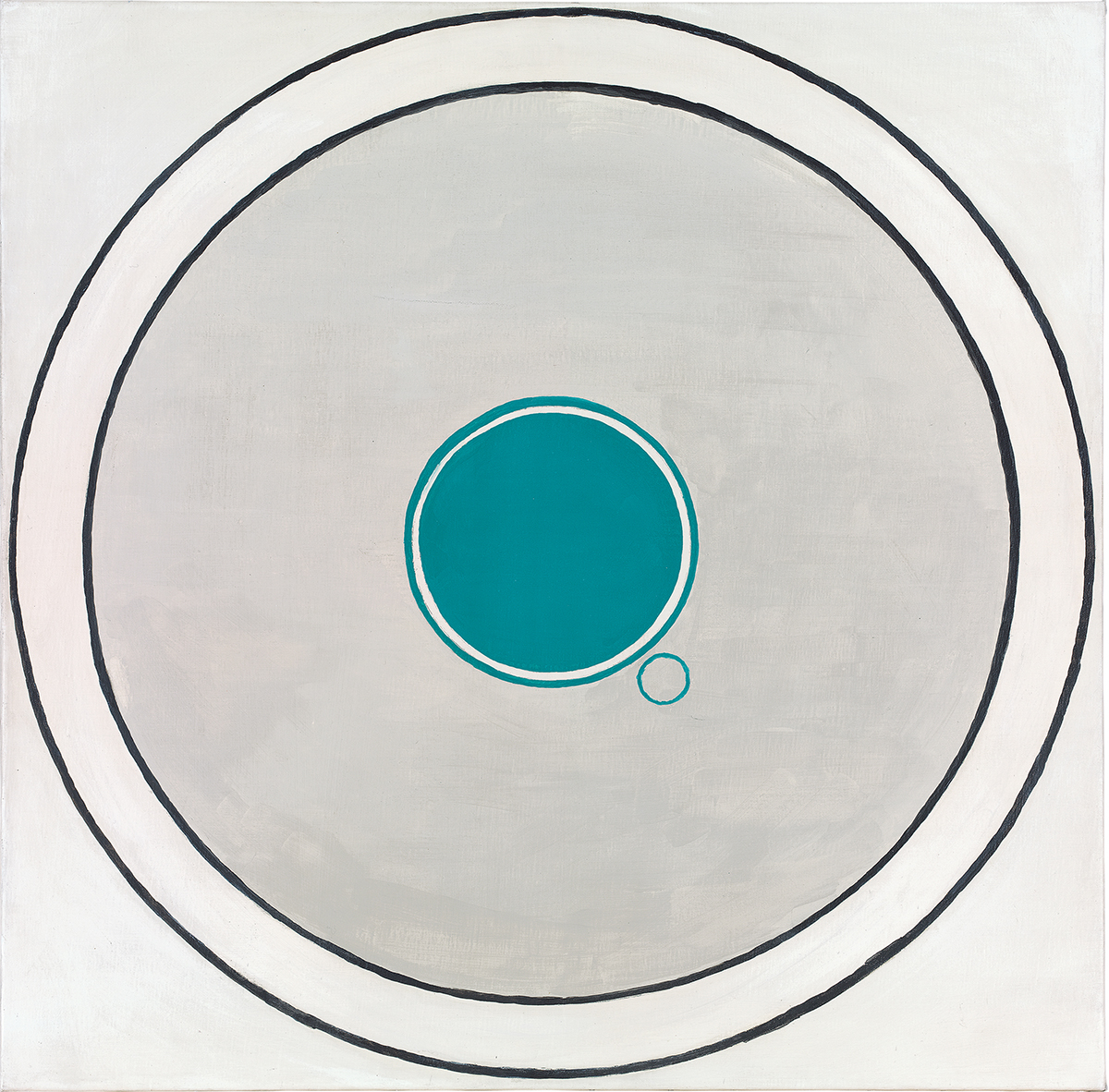
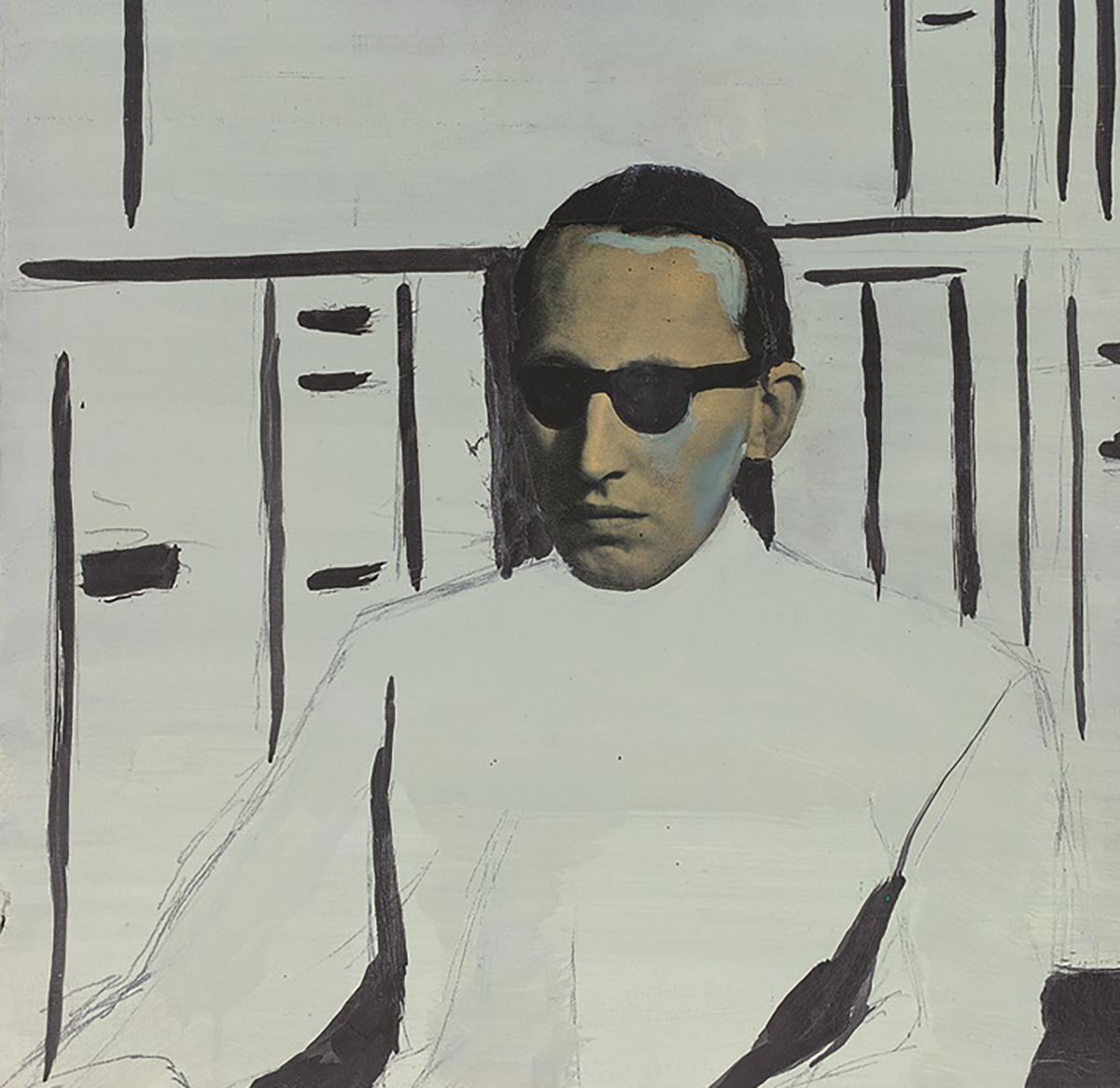
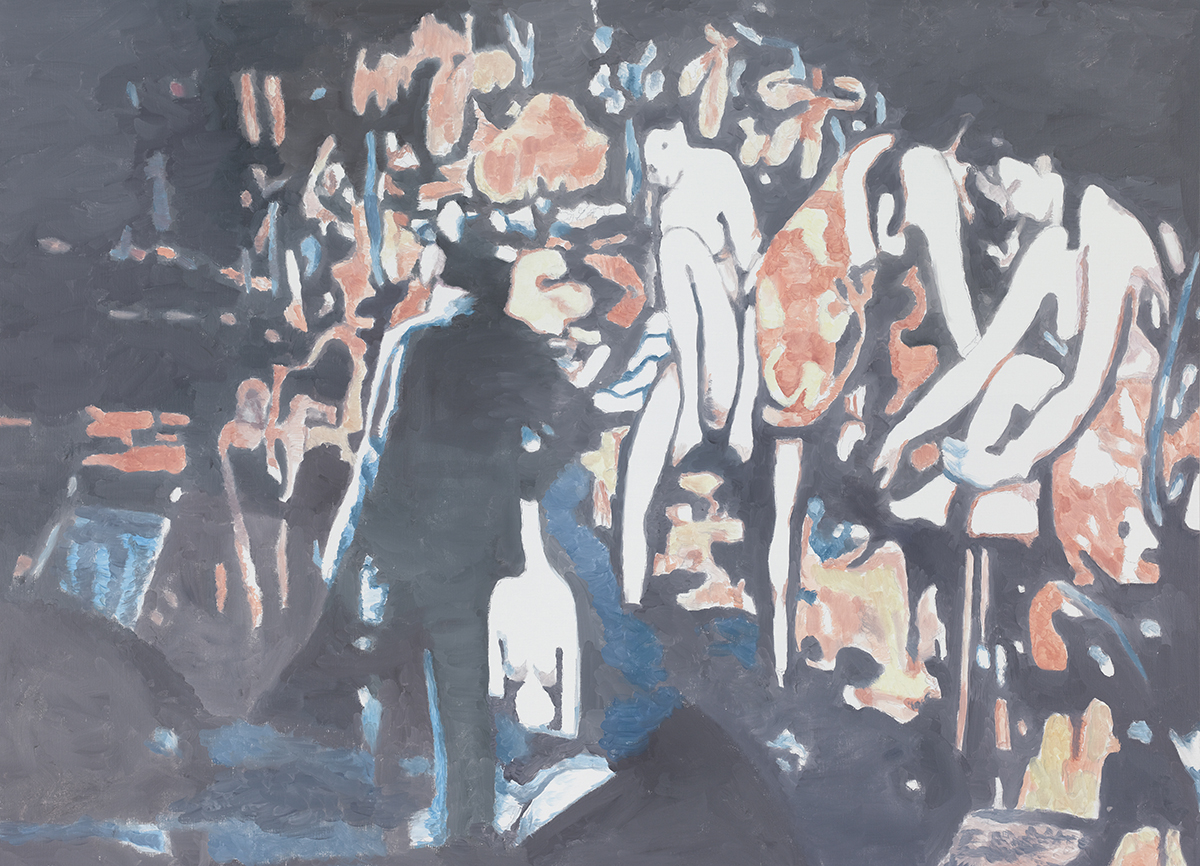
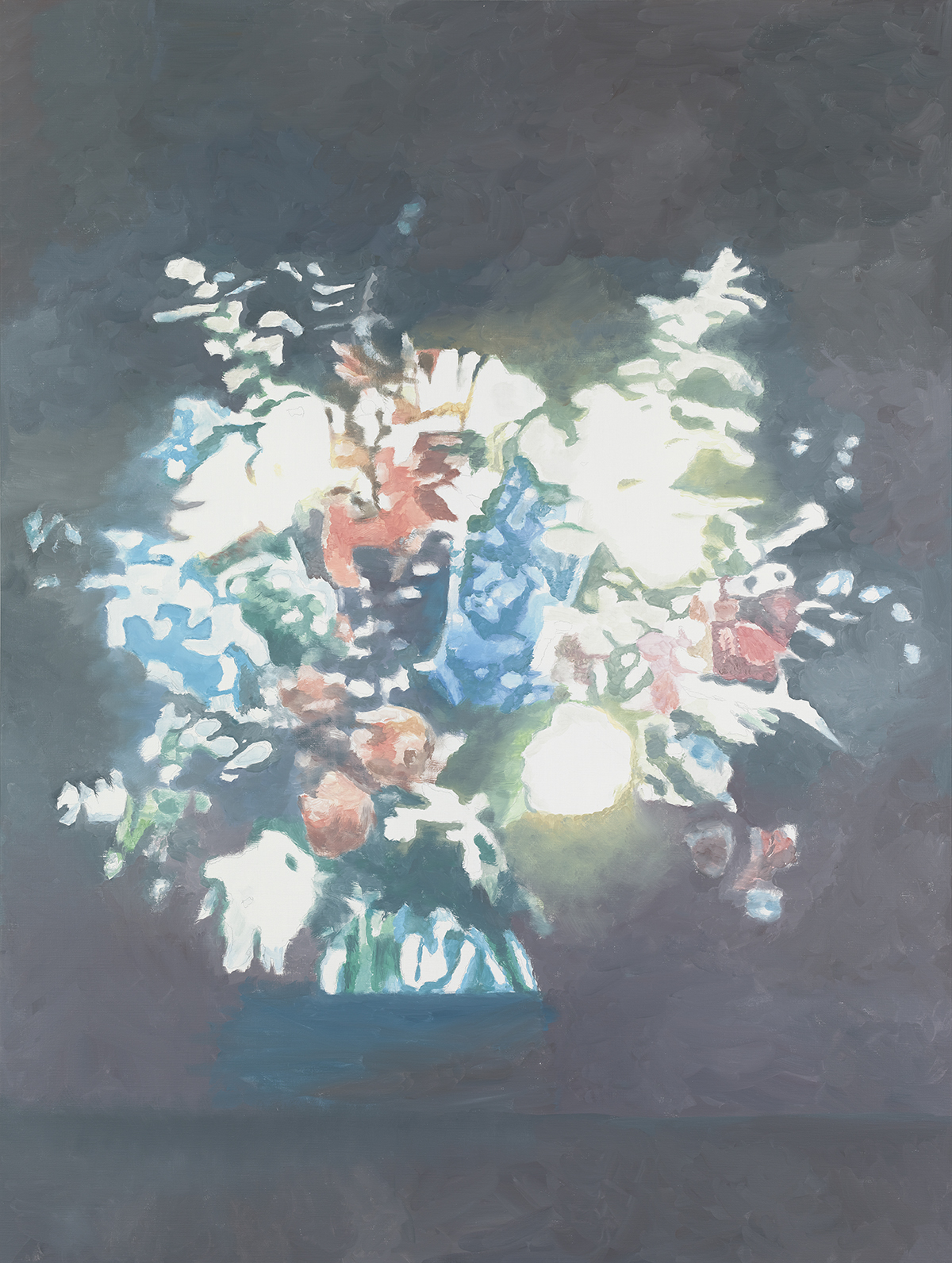

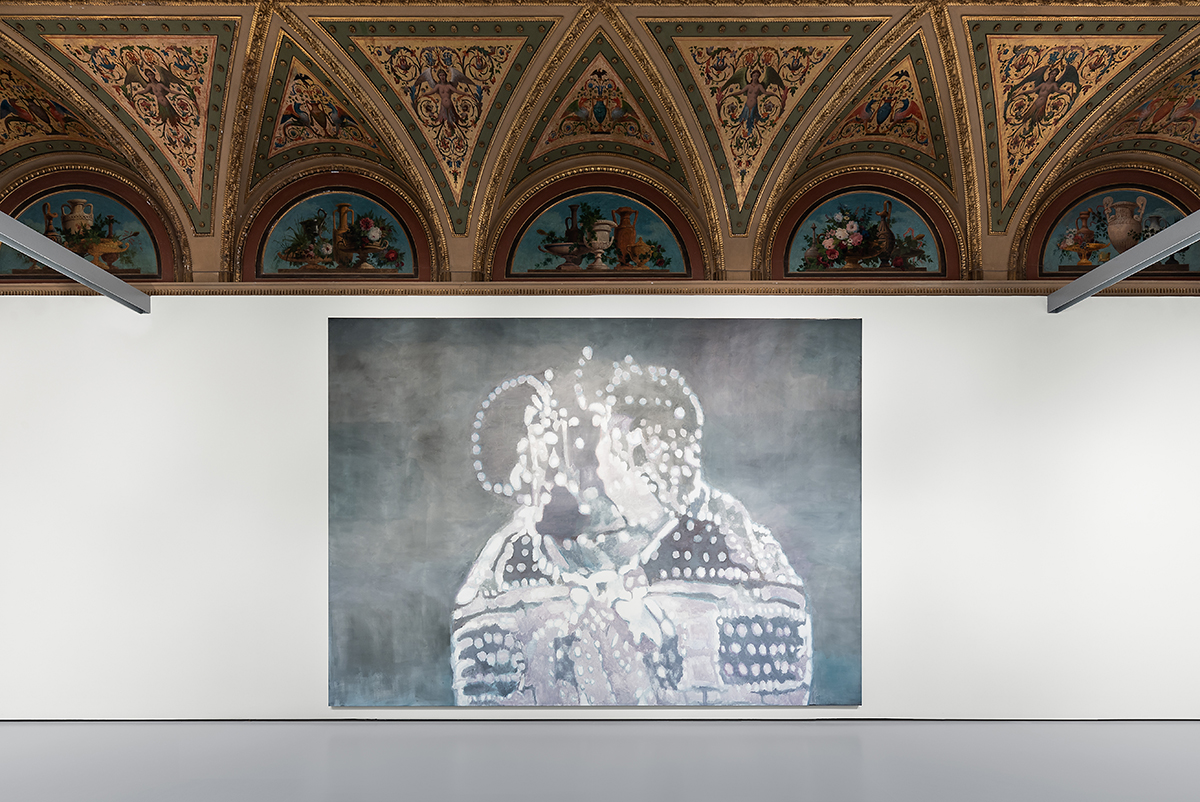
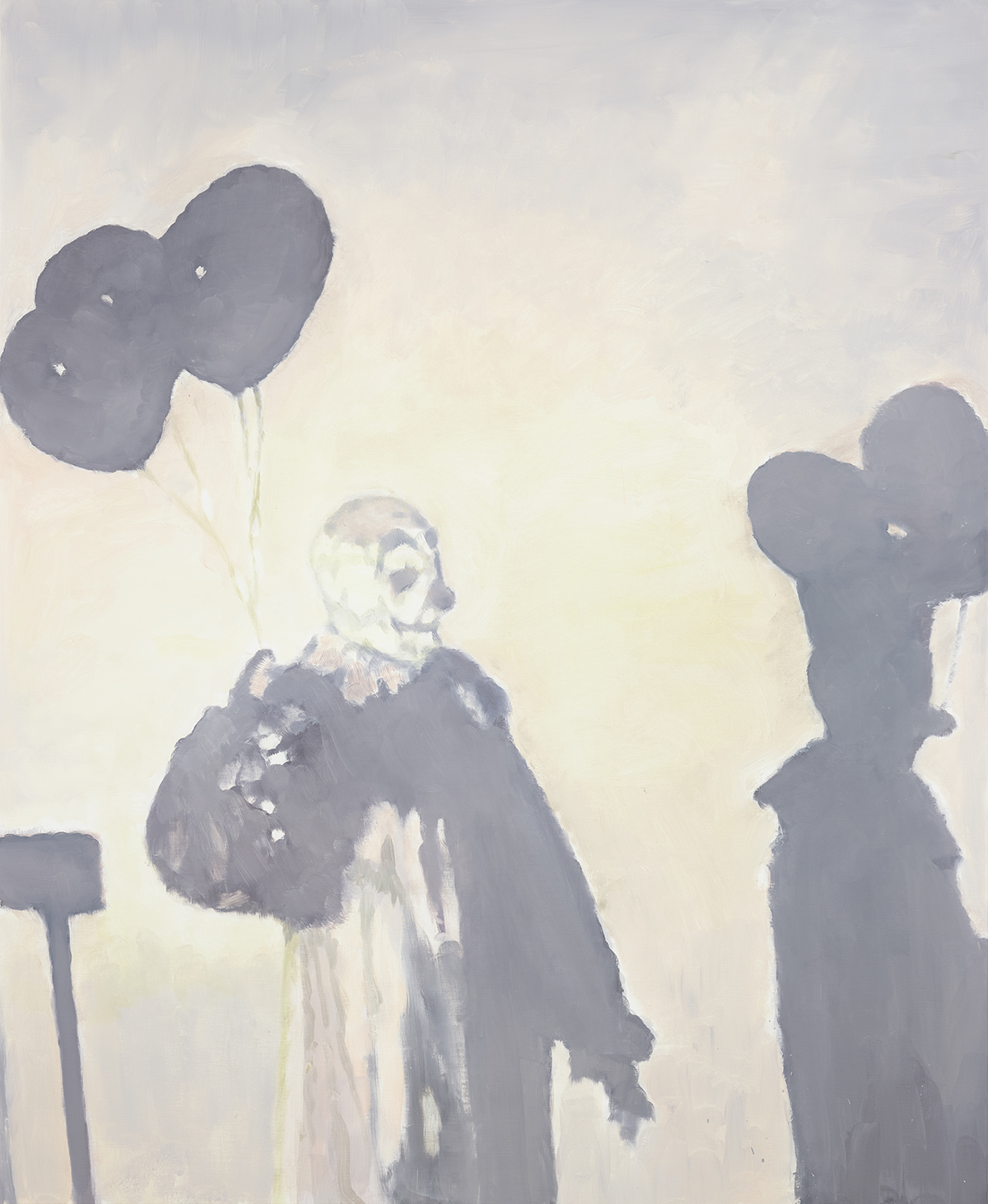
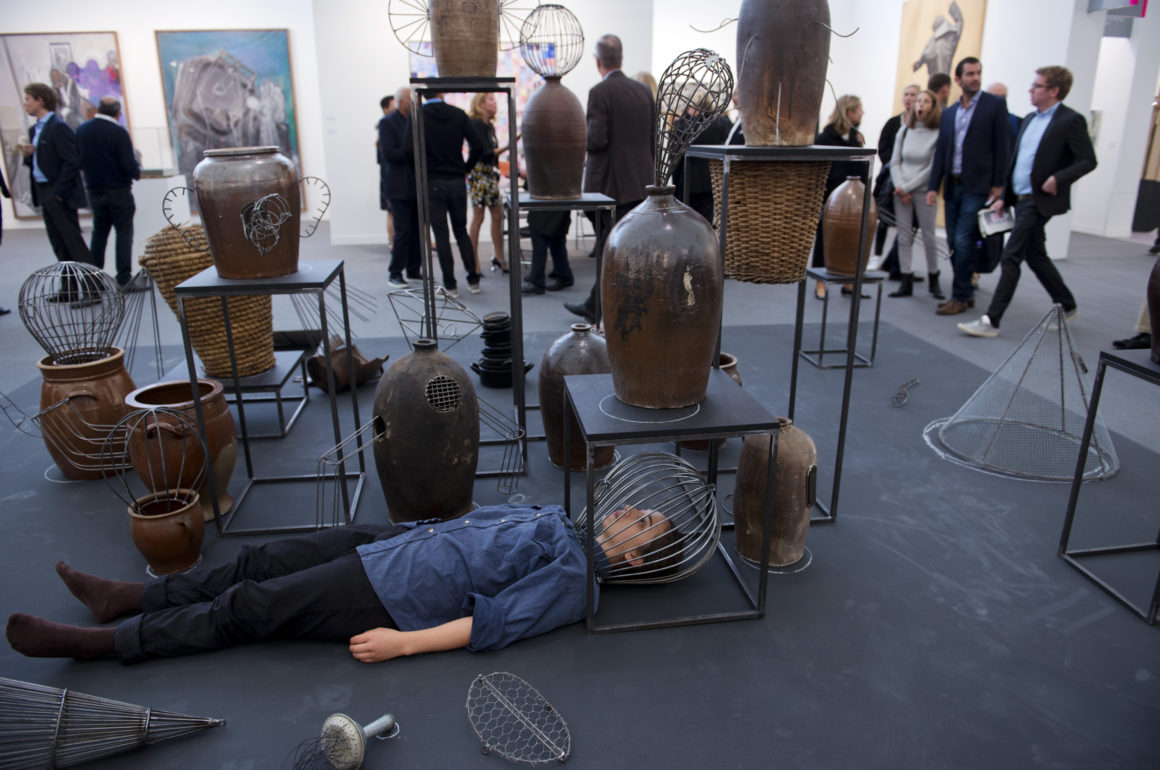






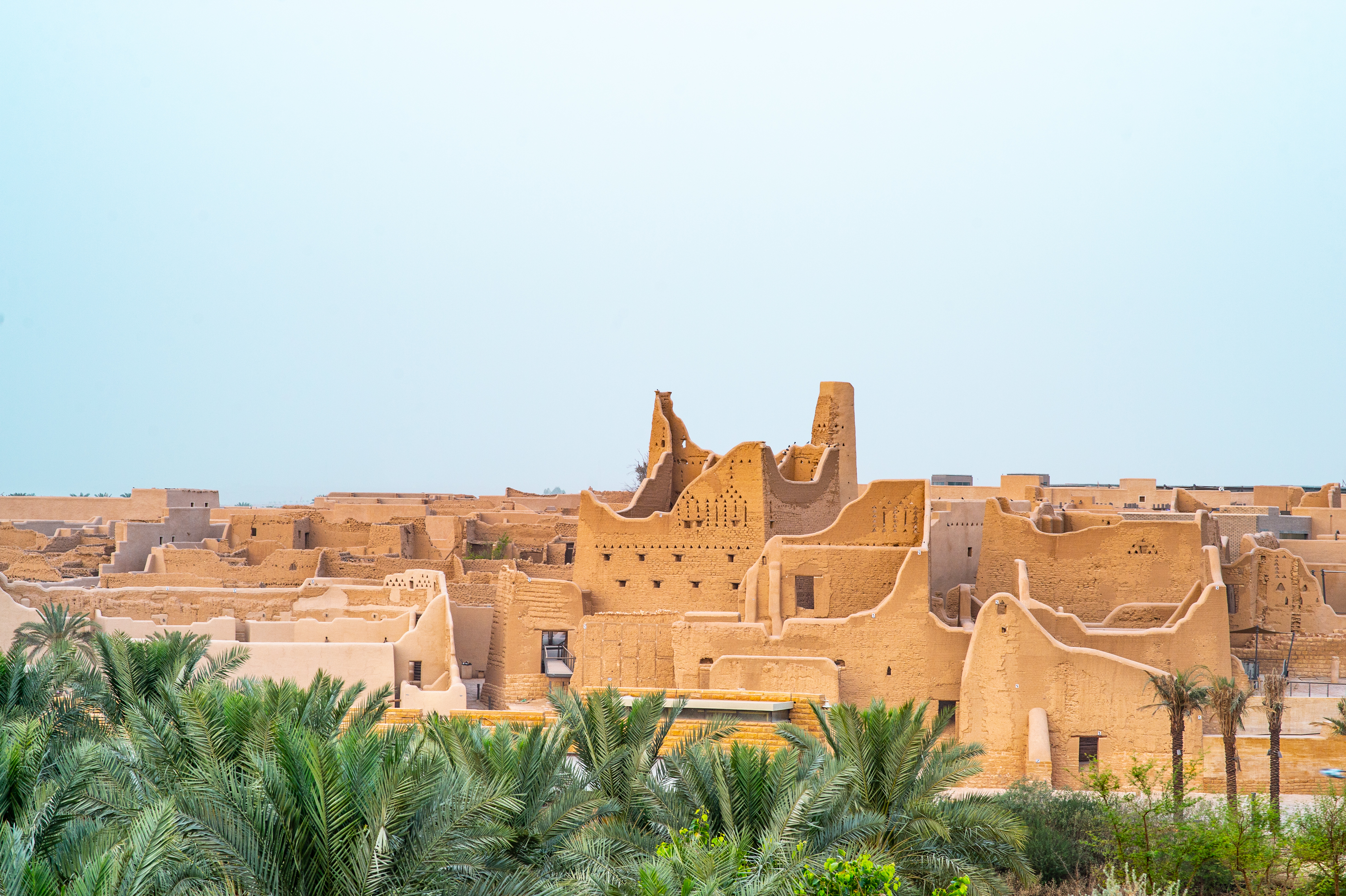
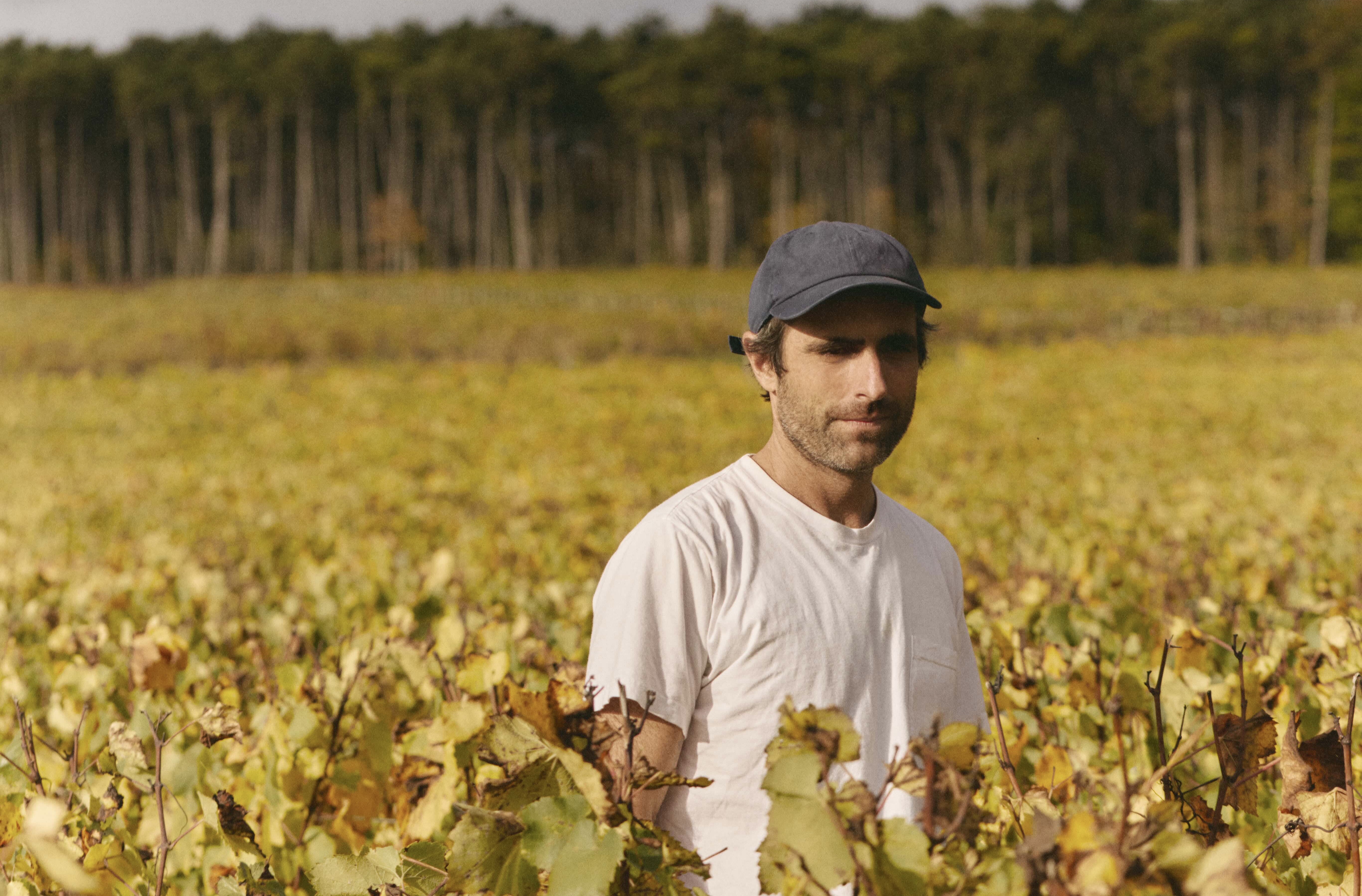

Recent Comments